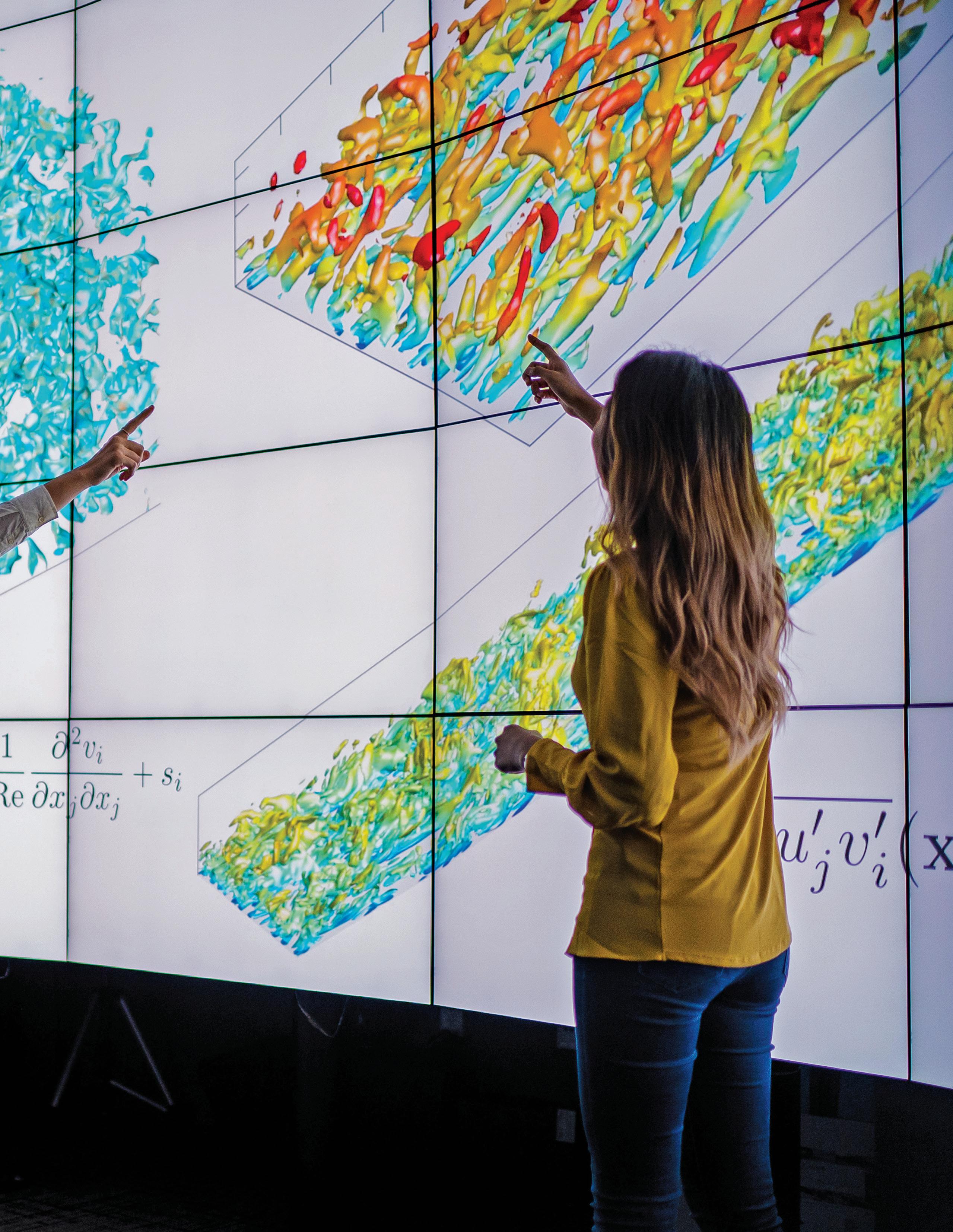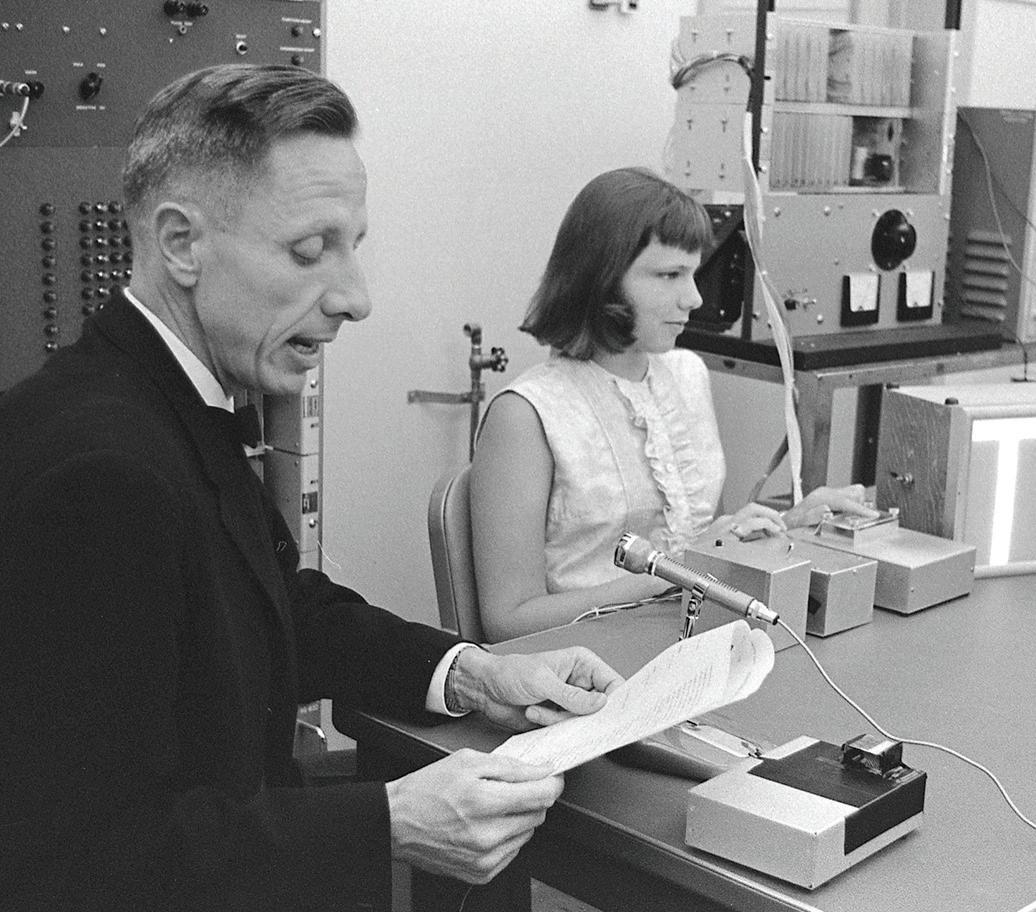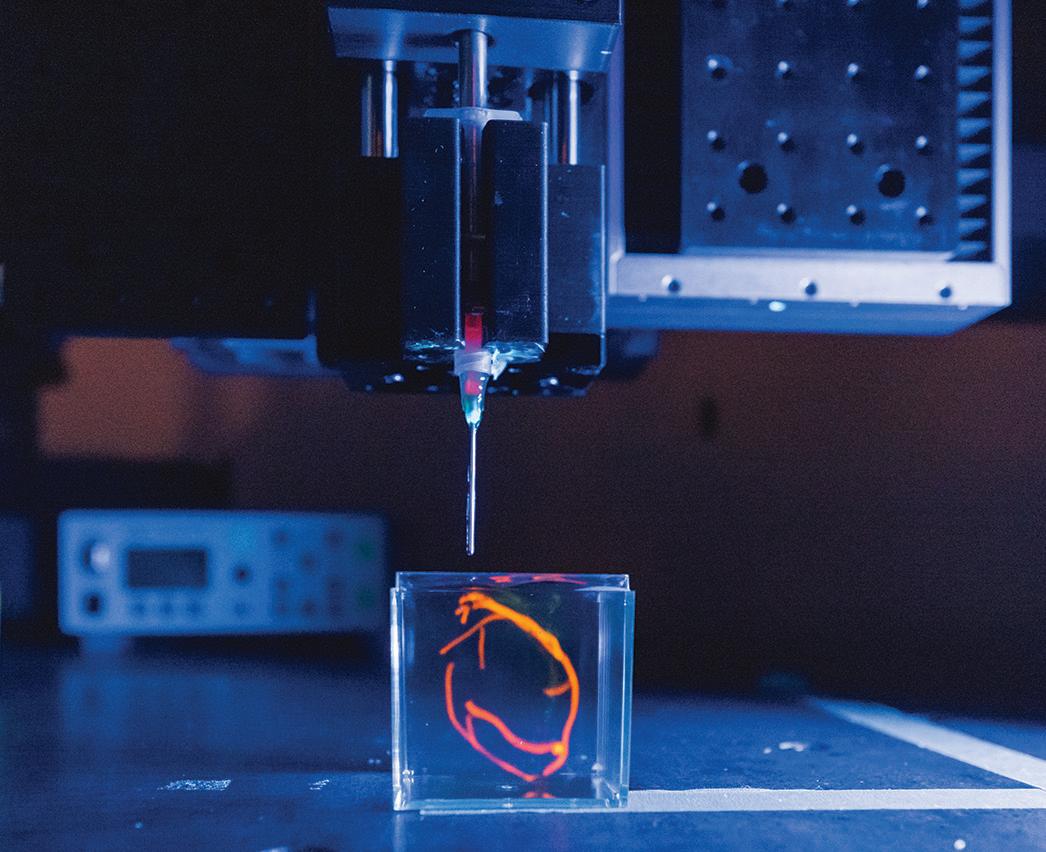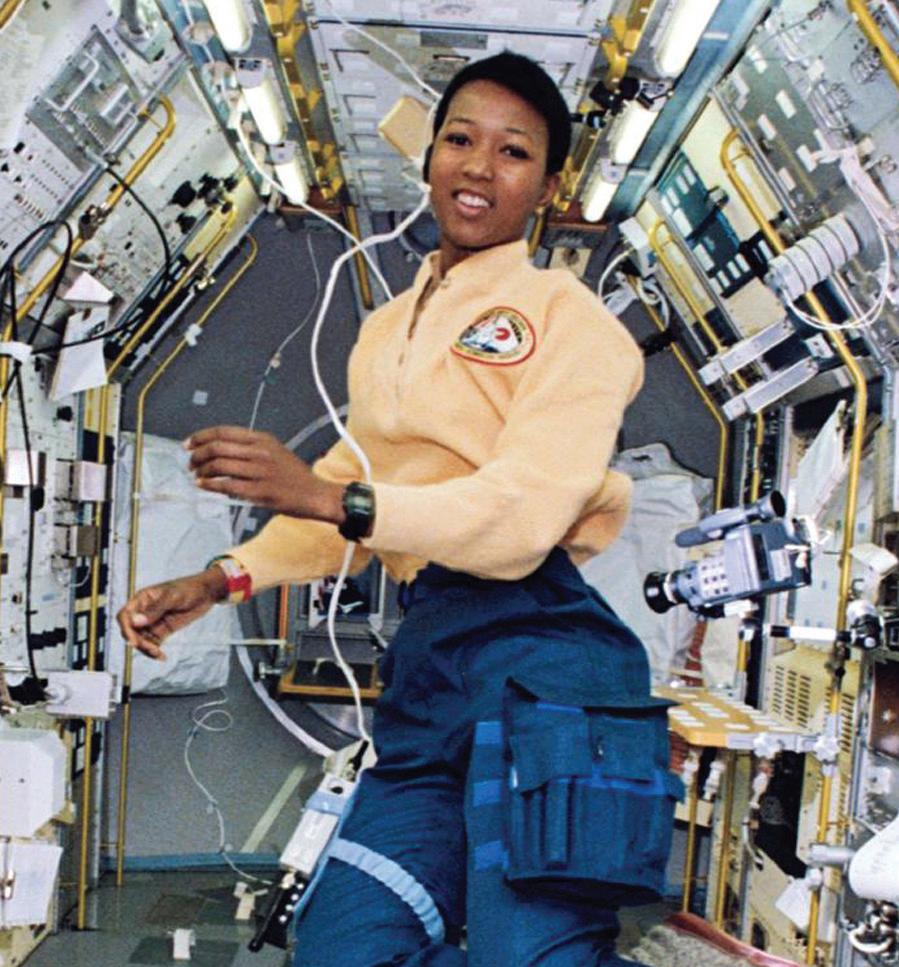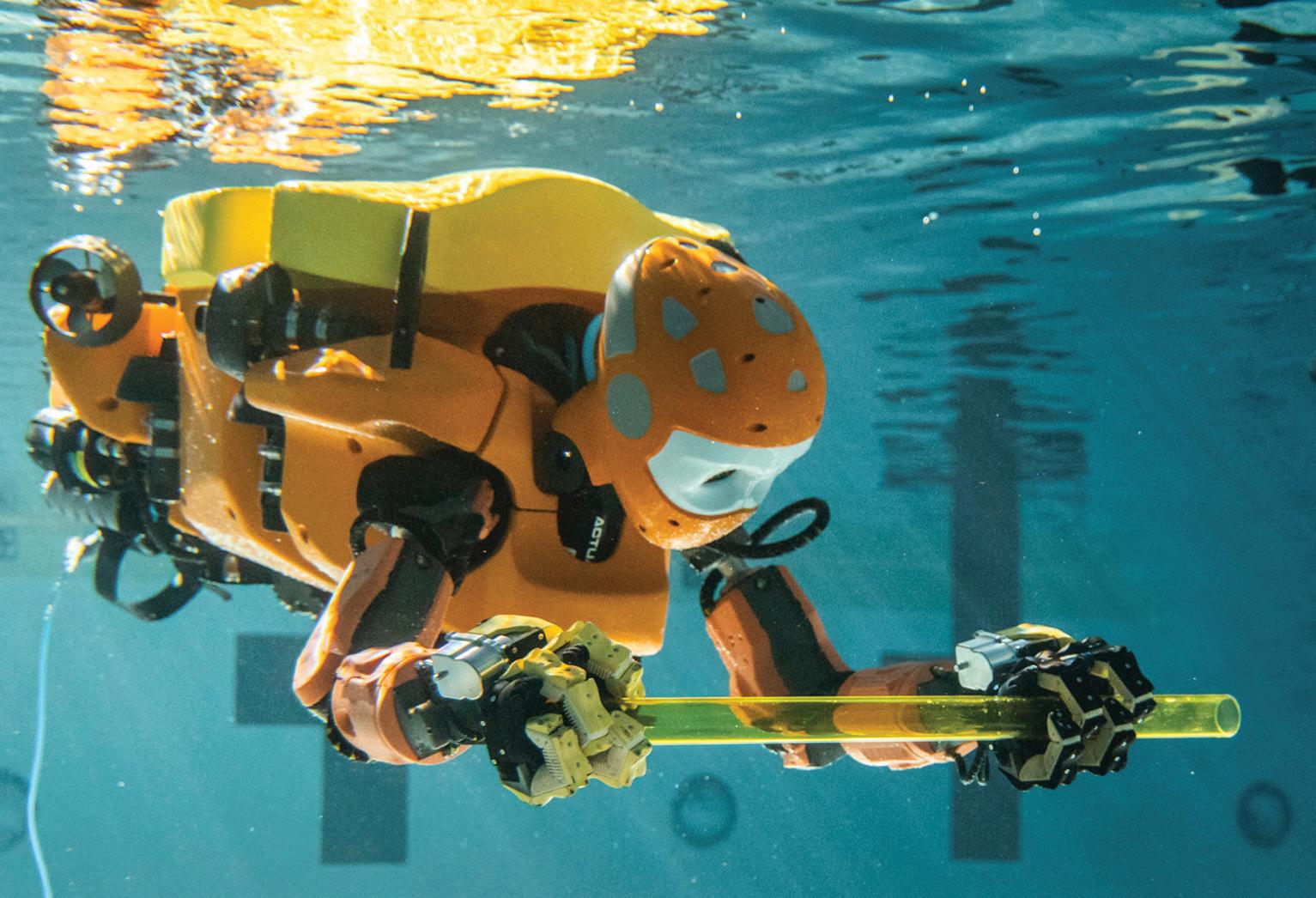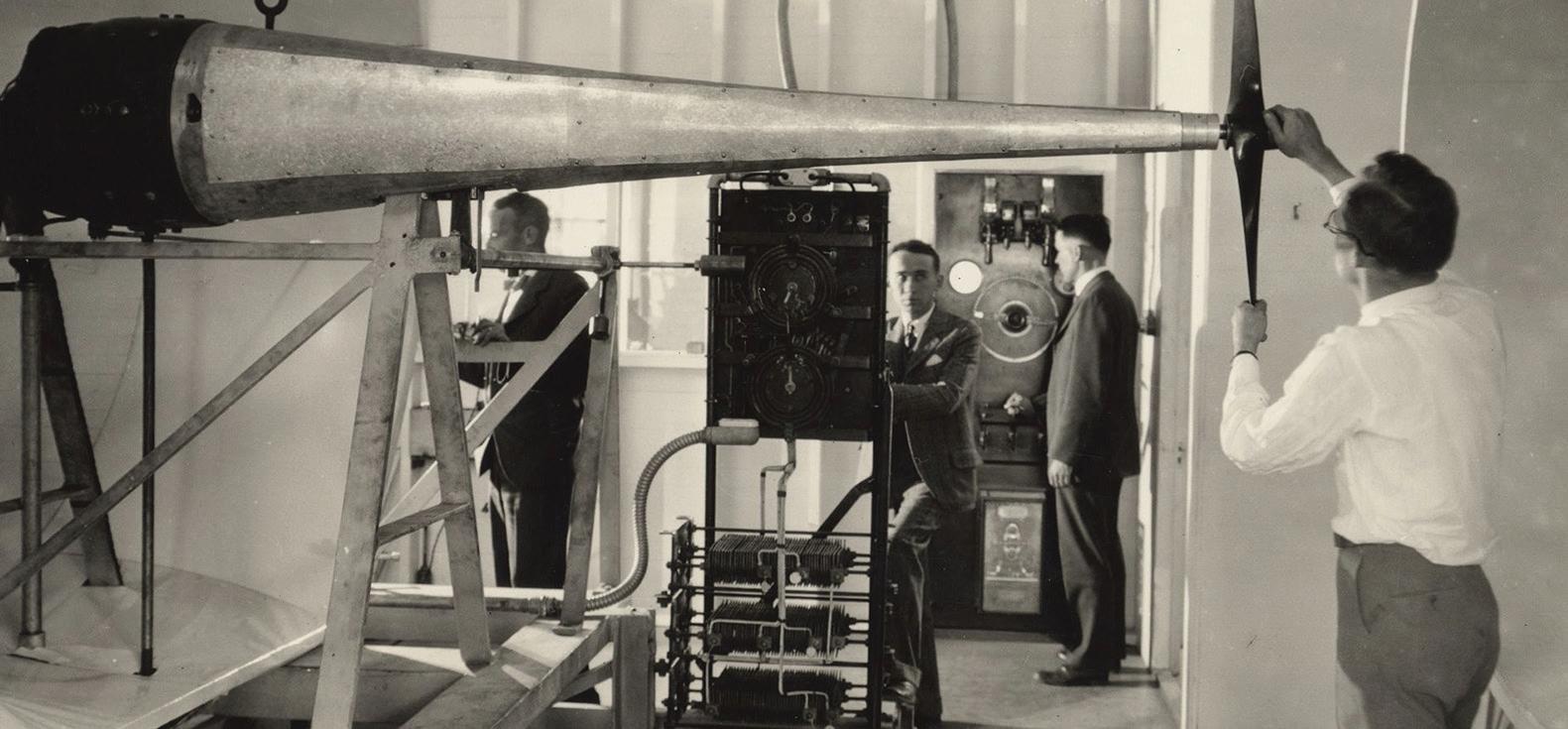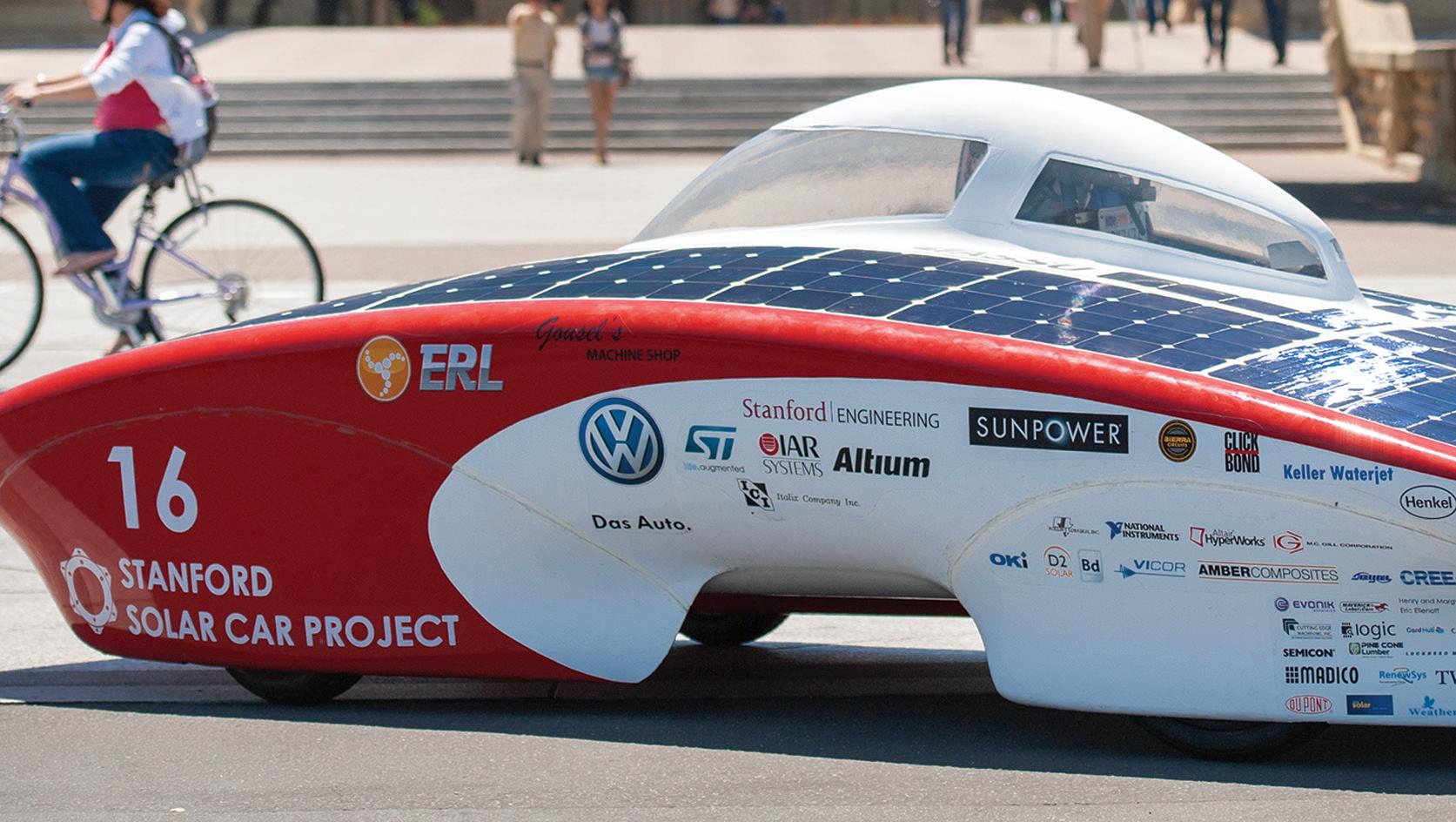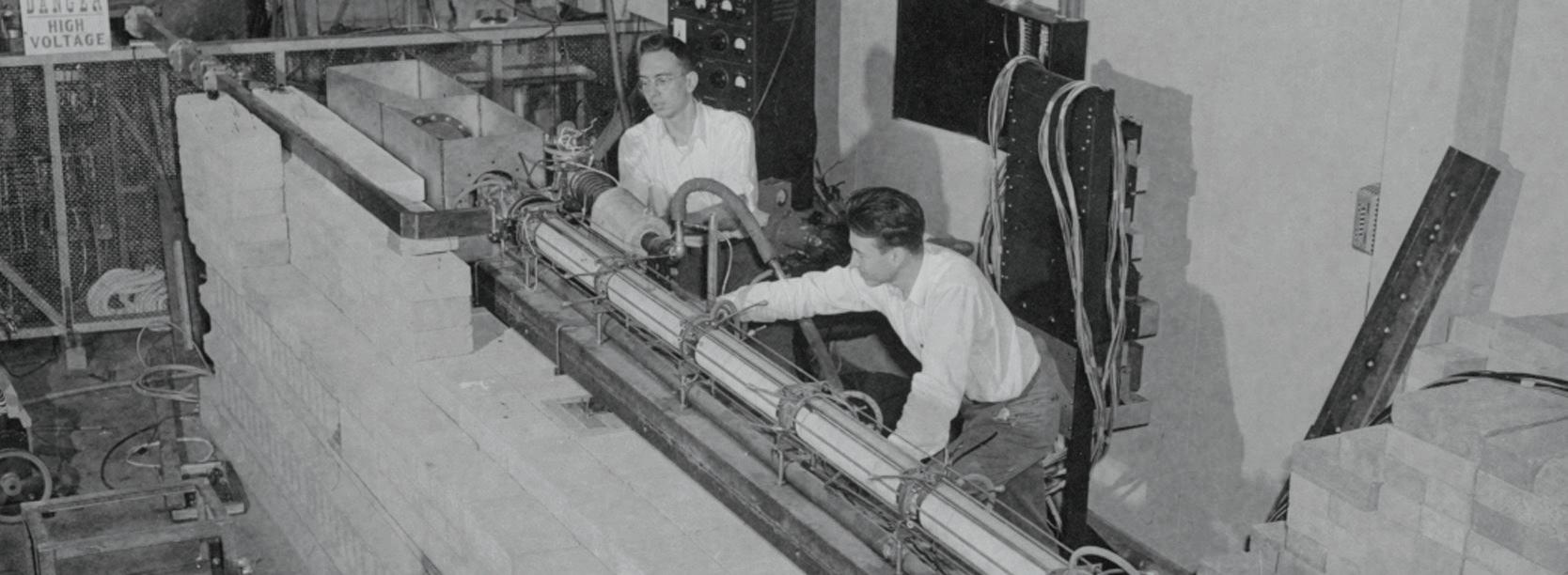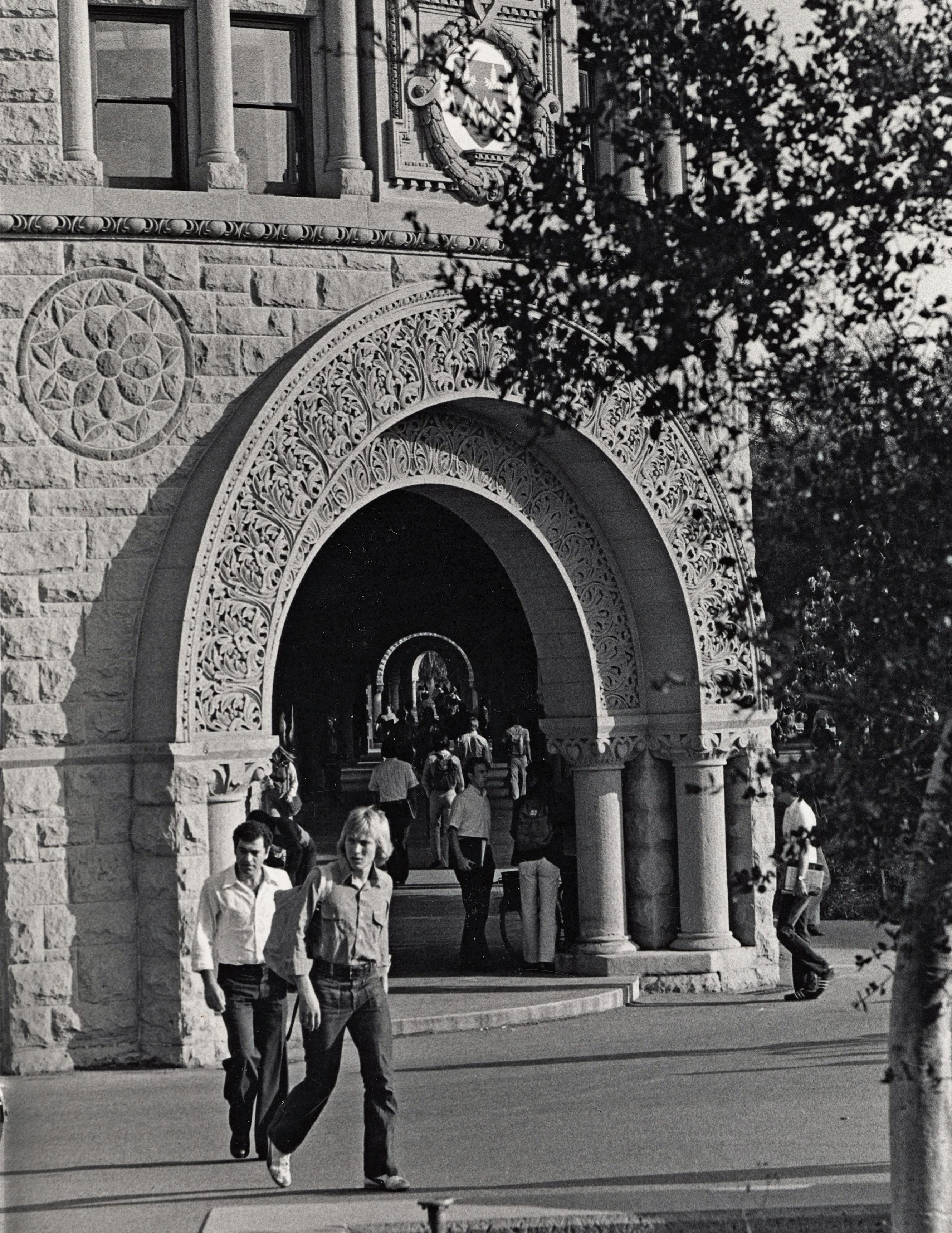
CENTENNIAL IMPACT REPORT 1925 - 2025


CENTENNIAL IMPACT REPORT 1925 - 2025
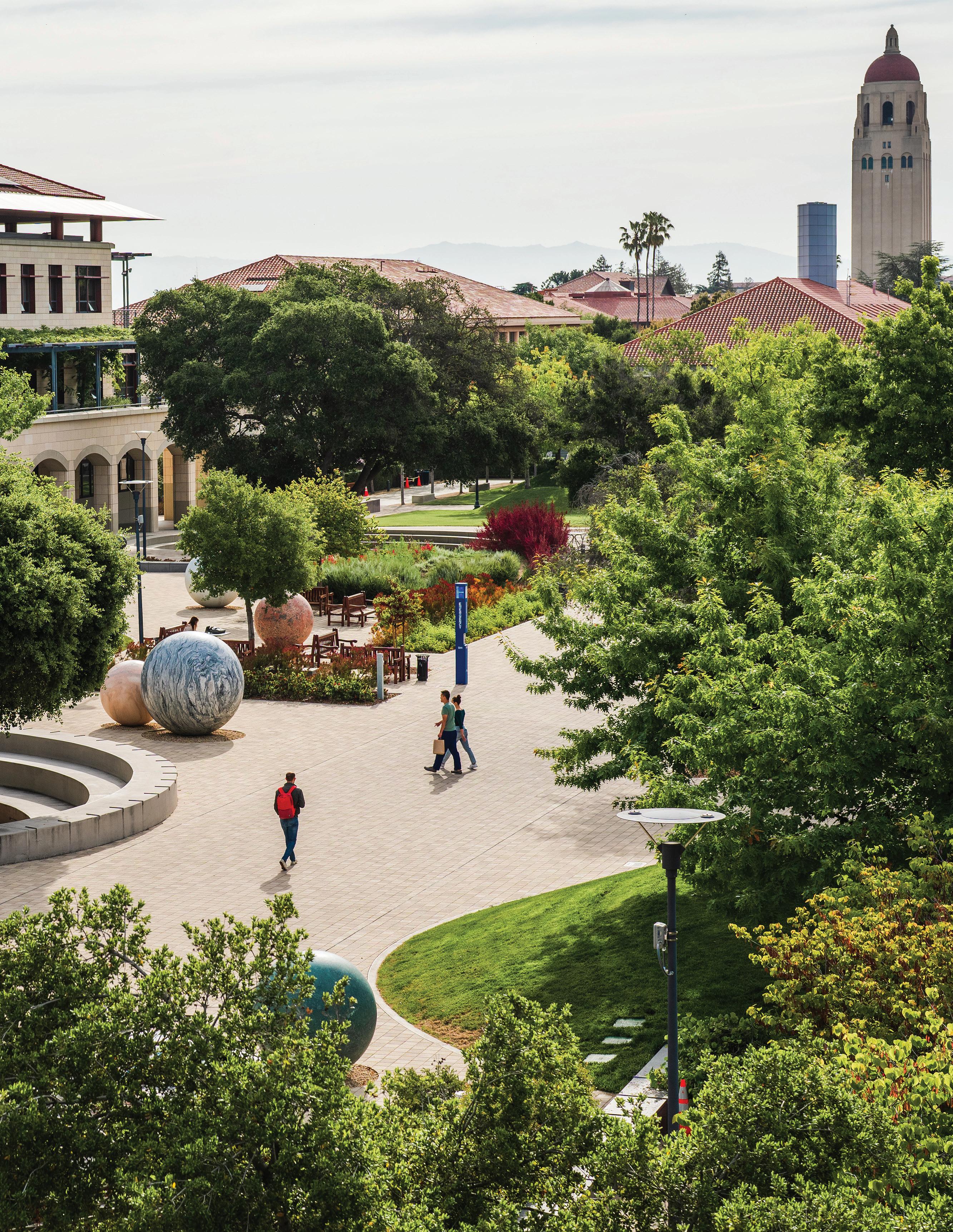
This year marks the centennial of the Stanford School of Engineering. We’re taking this opportunity to reflect on our remarkable past and look ahead toward an even more inspiring future—and to proudly celebrate a century of collaboration between the school and you, our benefactors.
Engineering has been a big part of Stanford University’s mission since it opened in 1891. On May 15, 1925, the Board of Trustees approved bringing together the four engineering departments at the time—civil, mechanical, electrical, and mining & metallurgy—into a single school.
Since then, our faculty, students, staff, and alumni have pioneered in fields as varied as aeronautics, semiconductors, artificial intelligence, biomedical devices, energy, and beyond. Our community’s bold ideas have changed the way we communicate, travel, and care for our planet. The profound impact of our work—in Silicon Valley and around the globe—is a testament to the spirit of innovation and collaboration that runs through everything we do.
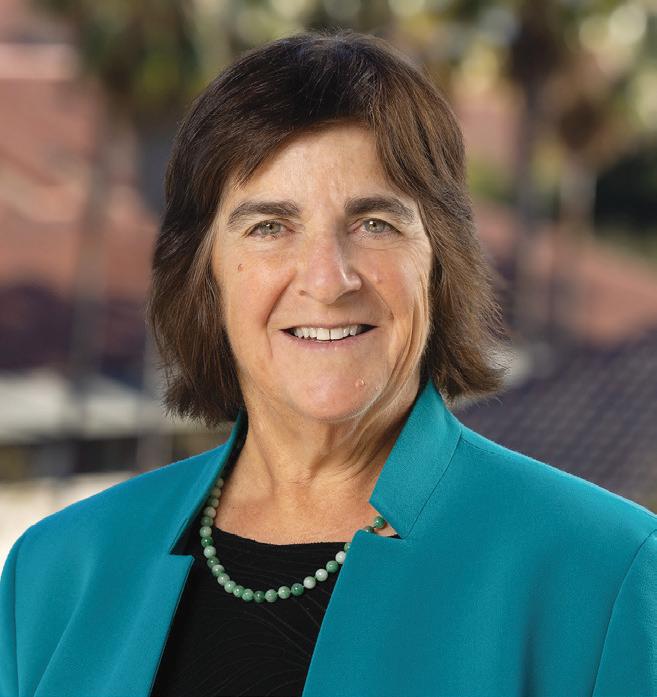
Our centennial also marks a call for a new generation of engineers to imagine what comes next. In a world that faces increasingly urgent challenges—climate change, global health, cybersecurity threats, and more—engineers will continue to play a central role in shaping sustainable solutions and advancing human well-being.
This impact report differs from previous editions in which we connected your generosity to the year’s notable outcomes. Instead, we’re looking back at highlights from an entire century of discovery, innovation, and impact that you and others have helped make possible. You’ll find stories of groundbreaking research and transformative technologies, and of individuals whose curiosity, creativity, and dedication have driven our progress. And you’ll read about donors like you who have helped support the ever-evolving landscape of engineering at Stanford.
On behalf of the entire Stanford Engineering community, thank you for joining us on a journey through 100 years of engineering excellence. We hope this report inspires the same sense of wonder and possibility that has driven our community from the beginning. You are very much a part of this legacy and the future we will build together.
Jennifer Widom, Frederick Emmons Terman Dean, Stanford School of Engineering
In March 1884, 15-year-old Leland Stanford, Jr., died from typhus. His father, Leland, Sr., builder of a transcontinental railroad, former Governor of California, soon-to-be U.S. Senator, and wealthy as anyone could hope to be, was lost. The elder Stanford searched for a way to honor his only child and to return purpose to his own life. He settled on founding a university specifically to educate engineers.
“Since I could do no more for my boy, I might do something for other people’s boys in Leland’s name,” Stanford told a friend. “I was thinking I might start a school or institution for civil and mechanical engineers on my grounds in Palo Alto.” He told his wife, Jane, “The children of California shall be our children.”
Together, Leland and Jane Stanford would commit their vast fortune to establish one of the world’s great academic and research institutions. The Leland Stanford Junior University opened in 1891 endowed by their act of philanthropy that set in motion everything that would come.
When her husband died in 1893, Jane Stanford became the singular face of the university, and the one largely credited with shepherding the university’s mission. Jane Stanford expanded the purview of the university into a true liberal arts institution that would educate a new sort of engineer for a new century of progress— technically focused builders and doers, but also broadminded citizens of the world who appreciated both beauty and innovation. Her vision remains to this day.
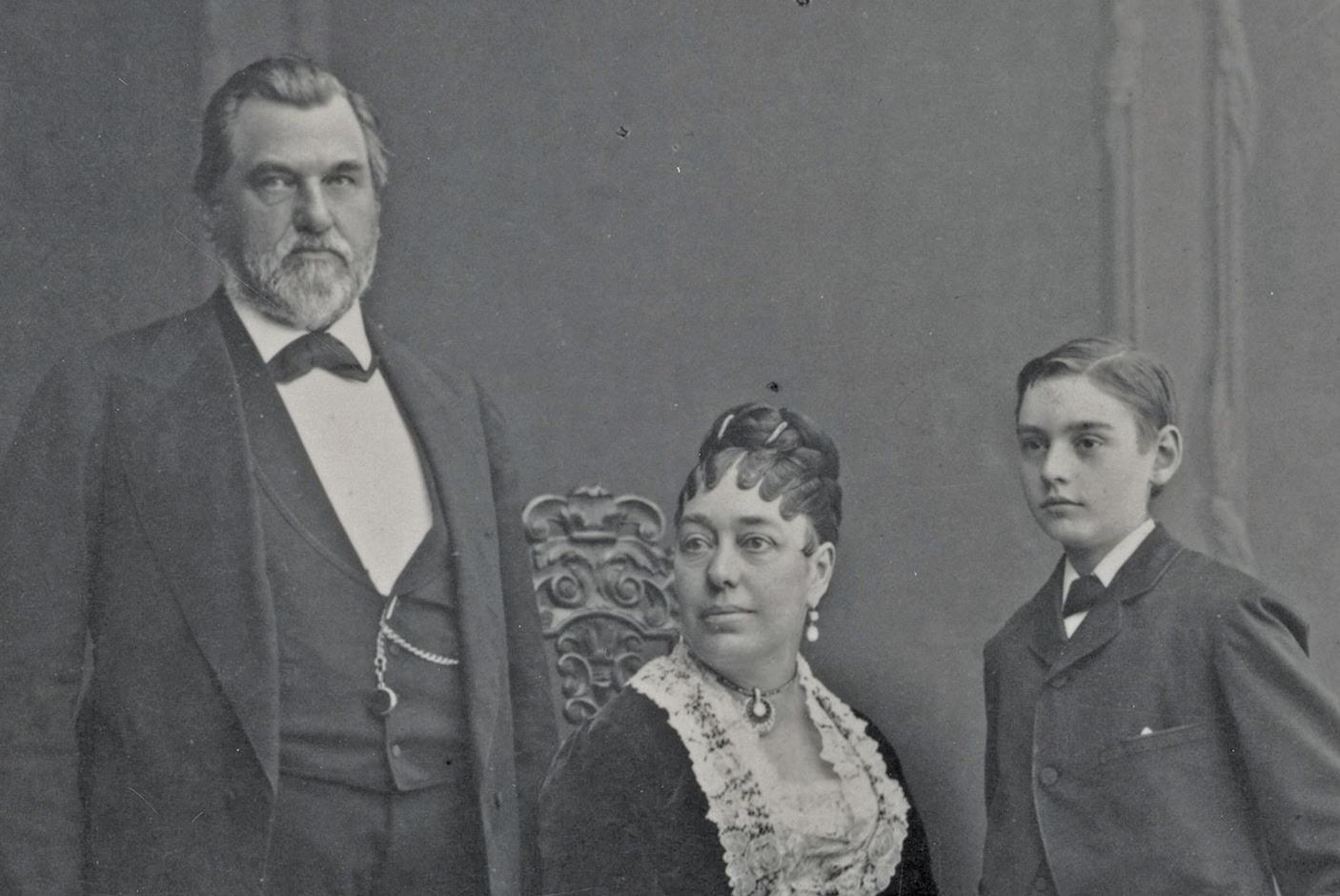
1925
• On May 15, 1925, the Stanford University Board of Trustees approves the union of four engineering departments in a “School of Engineering,” a place where liberal arts and engineering go hand in hand.
• First dean Theodore J. Hoover, brother of the future U.S. president, describes the qualities of the Stanford Engineer as: “Something vastly greater and more significant in modern life than just a man with technical training.”
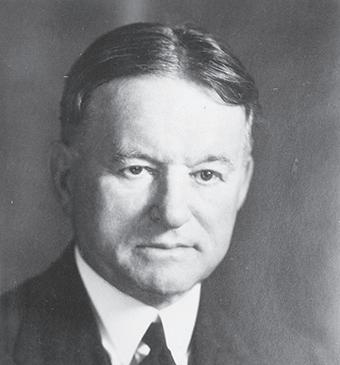
• The first faculty hired in 1891, Charles Marx, known by students as “Daddy Marx,” is instrumental in shaping the new school. Engineers should apply the same principles of construction whether composing “a symphony, a poem, or a bridge,” Marx said. He is later dubbed “The Father of the Stanford Engineer.”
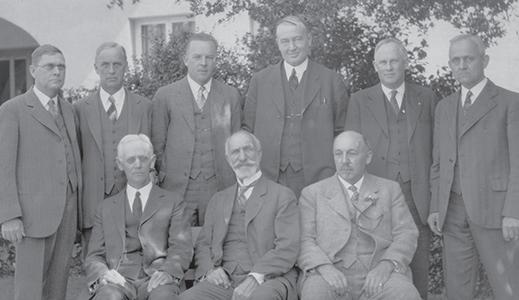
• School of Engineering—view south circa 1925. Engineering buildings 520 and 530, straddling the old clock tower, remain the heart of the Mechanical Engineering Department today.
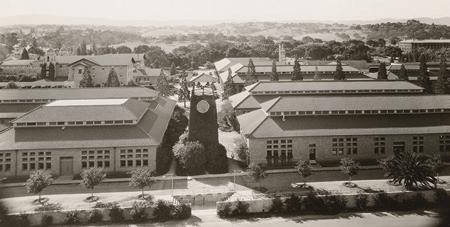
1926
• Harris J. Ryan High-Voltage Laboratory, the largest at any university and costing nearly $500,000, debuts its 2,100,000volt test station. Intended for the study of long-distance transmission of electricity, it is the highest voltage ever obtained at commercial frequency.
1927
• Daniel Guggenheim Experimental Laboratory features a wind tunnel designed by professors William Frederick Durand and Everett Parker Lesley, who use it to perfect their handcarved propeller designs.
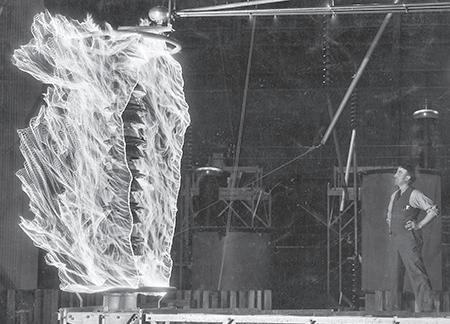
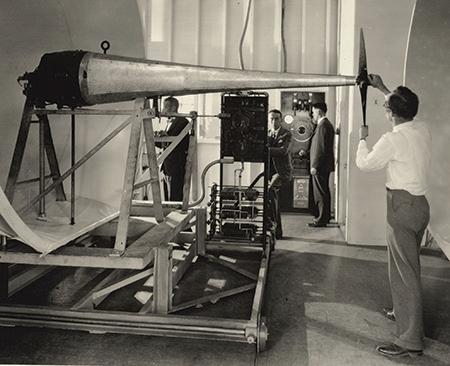
• Samuel Morris becomes the School’s second dean. His legacy is building ties to industry while broadening the school’s elective curriculum. “Relations with industry are beneficial to the university and to industry and most helpful to its program of engineering education and research,” he wrote in 1939.
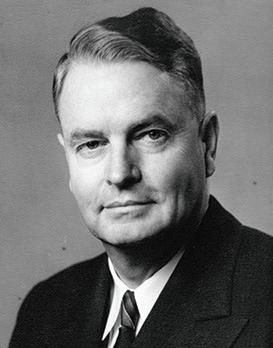
• Stanford Student Chapter of the American Society of Civil Engineers, including two female members, gathers for a photo for the Stanford Quad yearbook.
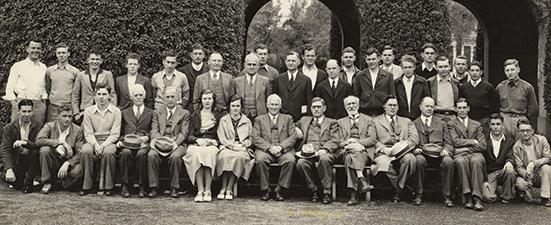
• Frederick Terman is named chair of the Department of Electrical Engineering. Terman will later rise to dean and then university provost, becoming one of the most influential figures in Stanford University history.
• Physics Professor William Hansen and researchers Russell Varian (’25, MA ’27) and his brother Sigurd collaborate with colleagues in electrical engineering to invent the klystron, the first significantly powerful source of microwaves.
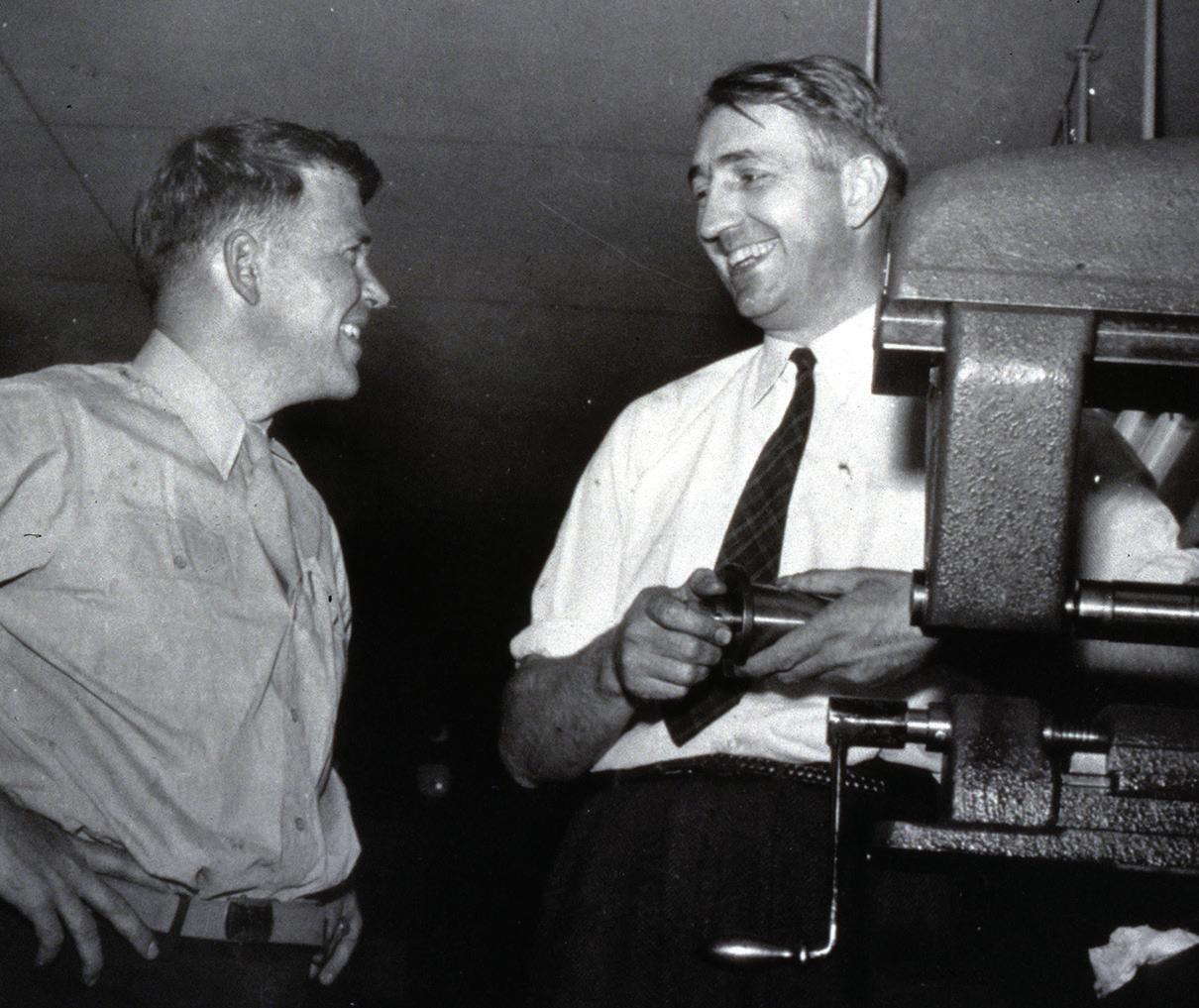
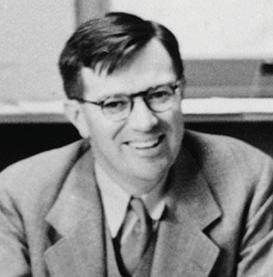
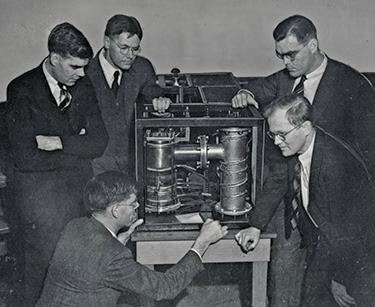
• Stanford publishes its first policy on patents for innovations produced using university resources. It is the start of Stanford’s signature tradition of entrepreneurialism and “technology transfer” from academia to industry.
• World War II impacts enrollment as many students and even some faculty enlist in the war effort. But there is also an increase in government defense research spending, especially in aeronautics, mechanical engineering, and electrical engineering needed to wage the modern day’s “highly mechanized warfare.”
Though many recall Hewlett-Packard’s storied beginnings in a Palo Alto garage, its origins trace back even earlier to a Stanford Engineering classroom. In 1933, Electrical Engineering Professor Fred Terman noticed David Packard, a towering presence both academically and athletically. Terman invited Packard to his office, surprising him with detailed knowledge of his background. Impressed by Packard’s potential, Terman urged him to enroll in his graduate radio engineering course—cutting-edge electronics at the time. Packard later said Hewlett-Packard was truly born in that moment.
Terman observed that most electronics firms were founded by people lacking formal education, and he encouraged Packard to build a company rooted in solid academic principles and innovation. That fall, while Packard led Stanford to the Rose Bowl, he teamed with William Hewlett, Barney Oliver, and Edward Porter, forming HP’s initial leadership.
A banker at Palo Alto National, recalling Packard’s athletic prowess, approved a loan. Later, during World War II, Terman steered government contracts toward the fledgling company. Yet none of this would have mattered without that pivotal 1933 meeting, where Terman’s mentorship and Packard’s passion converged, ultimately sparking the creation of one of Silicon Valley’s most iconic enterprises.
When Brit Jepson d’Arbeloff first set foot on the Stanford campus in 1953, she was Brit Marie Jepson and there were not many female engineering students to speak of—and none at all in mechanical engineering, her major. D’Arbeloff had grown up in Chicago, the daughter of an engineer, Ivar Jepson, who for Sunbeam Corporation designed the first Mixmaster standing mixer and other products. He immersed his firstborn in engineering. “It was the family business,” d’Arbeloff recalled.
At Stanford, there was some resistance to her choice of profession. Her adviser counseled changing to something more … womanly, like teaching or nursing, but d’Arbeloff was unbowed. She shortened her name to the enigmatic, Brit, to avoid gender assumptions in her classes and on the job trail. She skirted the dress code by donning an ankle-length trench coat to cover her beloved jeans.
A watershed moment, however, was meeting Irmgard Flügge-Lotz, the first female professor in the School of Engineering. Flügge-Lotz was a professor of aeronautical engineering, then part of mechanical engineering, who counseled d’Arbeloff to persevere.
“Once you proved you can do the work, then it was fine,” d’Arbeloff recalled of her Stanford days.
Another professor, William Kays, took d’Arbeloff under his wing. Kays would later become dean of the School of Engineering and made recruiting women into engineering a priority.
D’Arbeloff became the first woman to earn a mechanical engineering degree from Stanford and finished at the top of her ME classmates. She graduated in 1957, the
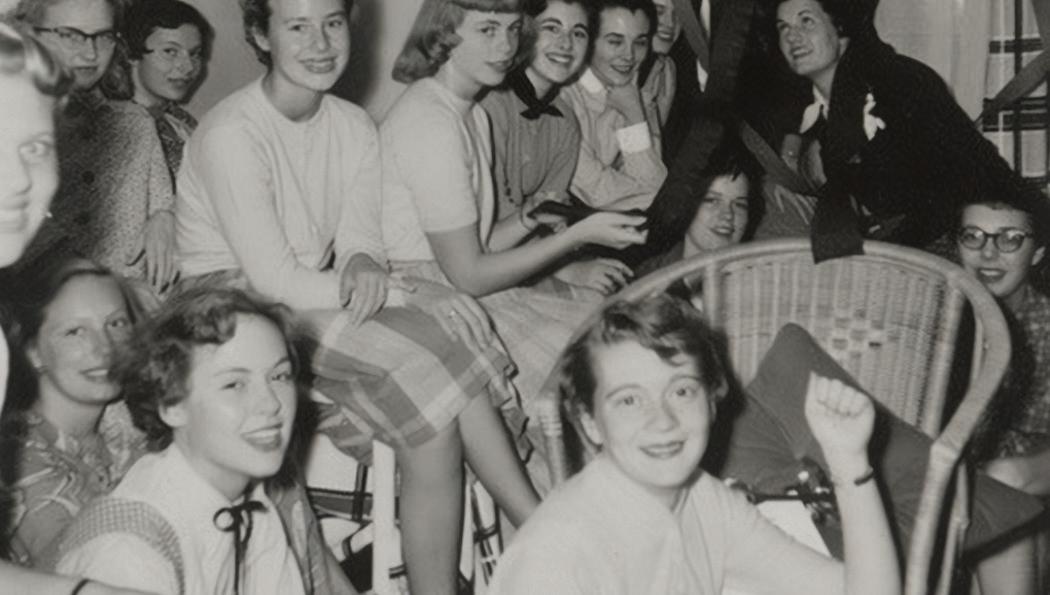
Brit d’Arbeloff, BS ’57, Mechanical Engineering, and her late husband, Alexander d’Arbeloff
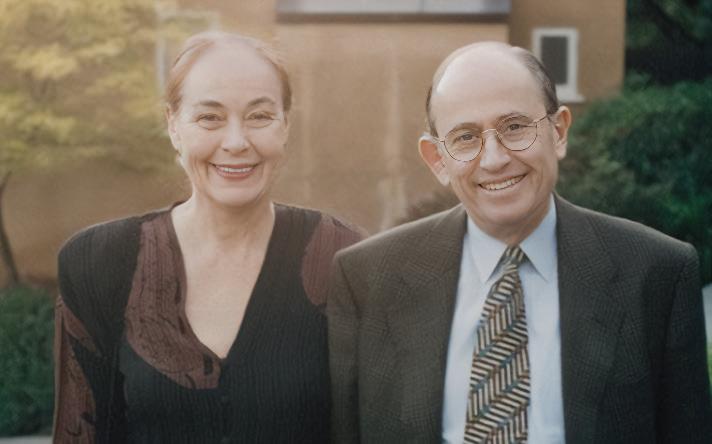
year Sputnik changed everything. She found herself designing nose cones for the Redstone missile, but soon left to pursue her master’s degree at MIT.
A long career of corporate and community leadership followed. She worked for the consulting firm Northern Research and later taught herself to code in COBOL, becoming a freelance programmer. Always known for her personal style, she later acquired and ran specialty fashion retailer Charles Sumner in Boston’s Back Bay and raised four children with her husband, Alex.
Now
in her 90s, Brit Jepson d’Arbeloff’s
deep
connection
to
Stanford
endures. She
sees giving as payback for the opportunities Stanford provided her.
A first small gift to the School of Engineering in 1976 has since grown to place her among the more generous donors in school history. Her philanthropy has been aimed at ensuring all students, especially women, have access to the resources she enjoyed.
D’Arbeloff is particularly fond of the d.school and shares a close connection to its founder, fellow mechanical engineer David Kelley, the original “design thinker” and a consummate product designer not unlike her father.
“I think Brit gives to the School of Engineering—and to the d.school in particular—because deep down she is one of us. She’s very creative, very inventive, and interested in the art of design as much as the engineering,” Kelley said. “In the earliest days, when it isn’t yet clear that you’re on to something important, it is always the hardest to inspire people to support you. But Brit believed in us and in design and we are profoundly grateful she did.”
Chris Shih grew up in Hong Kong and attended a Jesuit high school before moving to the U.S. for college. He studied chemical engineering at the University of California, Berkeley, graduating in just three years. There he was a student of Michel Boudart and Andreas Acrivos, who would both soon become Stanford faculty. Encouraged by Boudart, a world-renowned expert in catalysis, Shih applied to the graduate program in chemical engineering at Stanford.
“I loved the Bay Area, and Stanford offered me both financial support and a world-class education,”
he recalled.
He earned his doctorate in 1968. The experience was transformative for the young Shih. The coursework was rigorous. He recalled Acrivos’s 8 a.m. fluid mechanics class in particular, which he never missed because he found the lectures so engaging. On Fridays there were afternoon seminars that brought to campus leading experts from industry and academia to discuss their cutting-edge research and work. Those experiences fueled Shih’s curiosity, but he wasn’t one for the lab where so many chemical engineers feel most at home. He preferred the theoretical realm.
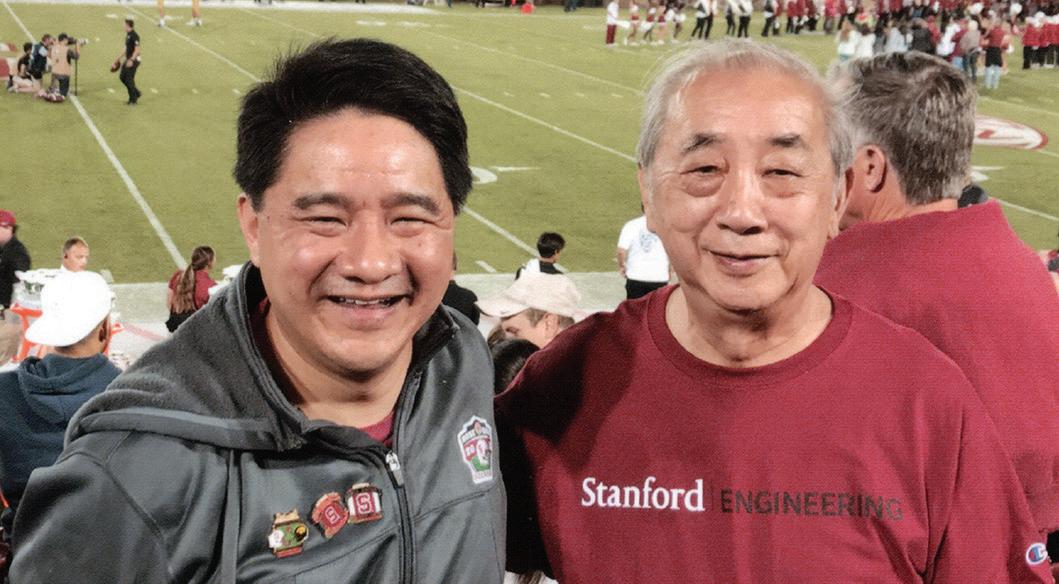
“The graduate students today are so much smarter than I was,” he said with a self-deprecating laugh. “And the intersection of chemical engineering and biotech is fascinating. The possibilities are endless.”
After Stanford, Shih went on to have a long career at TRW, an industrial conglomerate that had an
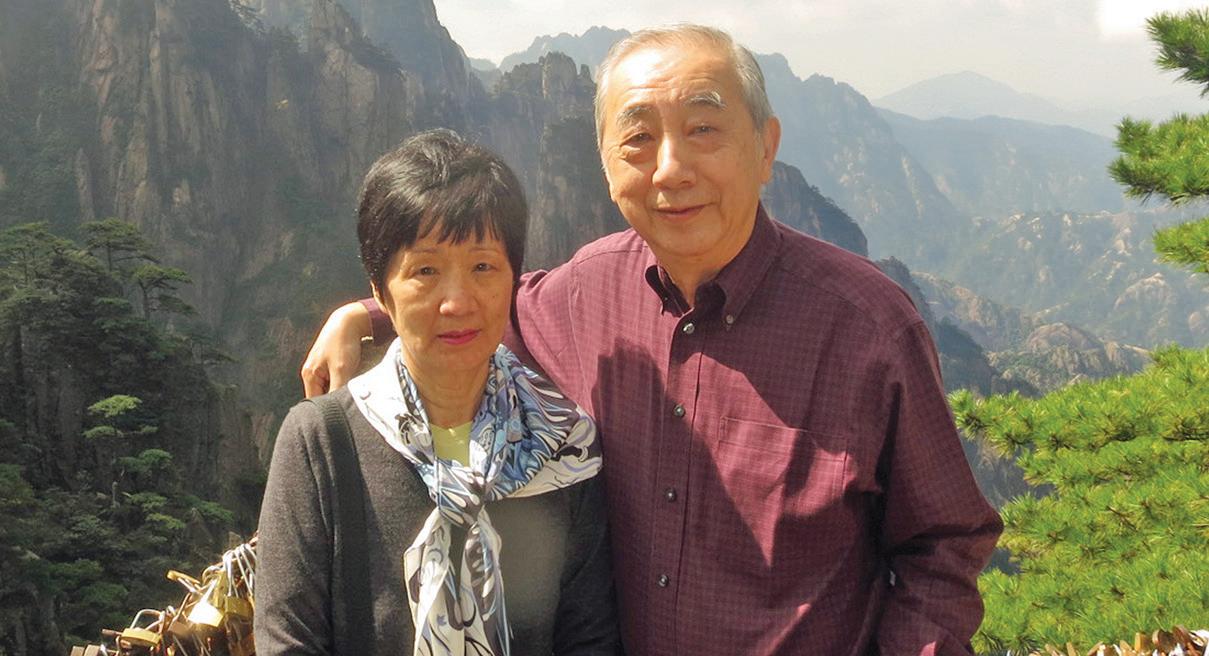
aerospace division. Through his career Shih moved around TRW, working in aerospace, environmental projects, and eventually automotive technology, where he helped develop airbag propellant systems based on systems he had developed to launch rockets into space.
Even in retirement, Shih found application for the analytical skills he learned at Stanford Engineering. He applied them in the financial arena, helping him to manage a successful investment portfolio out of which grew the Shih Family Fellowship Fund for Engineering, a fellowship specifically for graduate students in chemical engineering.
Shih is grateful for the opportunities Stanford Engineering afforded him, and that spirit has inspired a half century of his philanthropy to The Engineering Fund. Shih’s first gift was in 1976. He remains deeply connected to the Stanford community. He enjoys Cardinal sports and continues to follow the School of Engineering’s technical innovations with pride. He is especially impressed by the next generation of chemical engineers.
“Stanford gave me so much—not just an education, but a foundation for life,” Shih concluded. “Giving to today’s students is my way of saying, ‘Thank you.’”
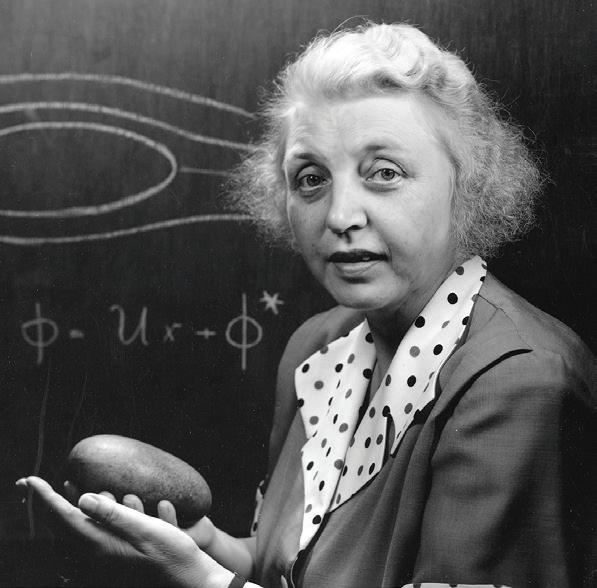
As a child in Germany, Irmgard Flügge-Lotz was captivated by Count Ferdinand von Zeppelin’s airship experiments, sparking her lifelong fascination with flight. Early in her career, she developed the Lotz Method for calculating the spanwise lift distribution of airplane wings, which soon became an international industry standard. In 1948, she joined Stanford Engineering with her husband, Wilhelm Flügge, leaving her post at the French National Office for Aeronautical Research (ONERA), where she led theoretical aerodynamics research. At Stanford, she advanced automatic control theory and, in 1960, became the School of Engineering’s first female professor, appointed in both aeronautical engineering and engineering mechanics.
Recognized for her expertise in boundary-layer theory and numerical models, Flügge-Lotz introduced innovative courses in mathematical hydro- and aerodynamics, automatic controls, and fluid mechanics. She advised doctoral students, copublished research on automatic control devices, and forged cross-disciplinary collaborations with the Department of Electrical Engineering. Her students lauded her supportive mentorship.
Flügge-Lotz once said she sought a life “in which always new things would occur,” and took satisfaction in unraveling stubborn problems. She authored over 50 technical papers, wrote two books, and championed women in engineering. In 1973, the University of Maryland praised her groundbreaking work, writing, “Her contributions have spanned a lifetime during which she demonstrated, in a field dominated by men, the value and quality of a woman’s intuitive approach in searching for and discovering solutions to complex engineering problems.”
• Klystron success inspires the Stanford Microwave Laboratory, later renamed the Ginzton Lab after Edward Ginzton, a klystron pioneer and one of the first-ever professors of applied physics.
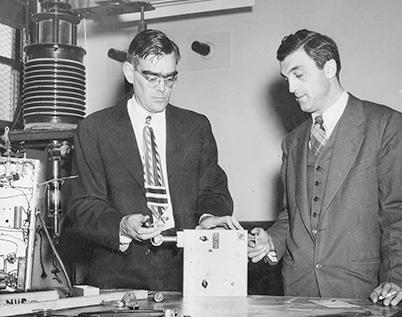
• Frederick Terman is named dean. “Stanford is not only doing more and higher quality research in engineering than would otherwise be possible, it is also training more graduate students, and is training them better than ever before.”
1948
• Terman initiates his “steeples of excellence” faculty recruiting strategy to lead in fields of highest priority and rapid growth—oil, geology, heat transfer, chemical engineering, radio, electronics, and mechanical structures.
• The School of Engineering hires Irmgard Flügge-Lotz, who in 1960 becomes its first female faculty member. (See sidebar.)
1950
• O. G. Villard and Allen Petersen use radar to measure meteors in the ionosphere.

1953
• Stanford founds the Computation Center, featuring a lone high-speed IBM CardProgrammed Calculator to churn through mountains of mathematics.
1954
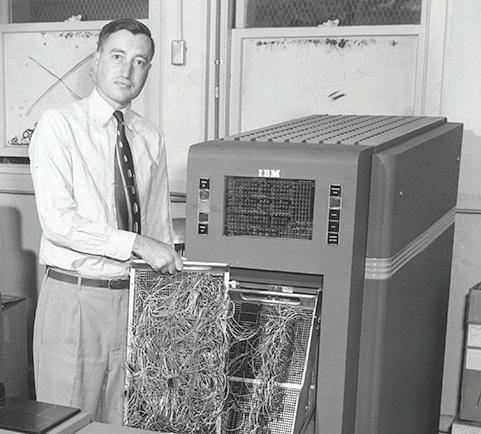
• Terman creates the innovative Honors Cooperative Program in which Silicon Valley professionals are enabled to take graduate classes at Stanford Engineering while continuing their careers. The HCP is still active today, more than 70 years after it was founded.
• William Shockley, Nobel laureate and inventor of the semiconductor transistor, joins the faculty, sparking a storied tradition of industry-academia partnership.
• The first true computer, an IBM 650, arrives on campus, housed in the Computation Center.
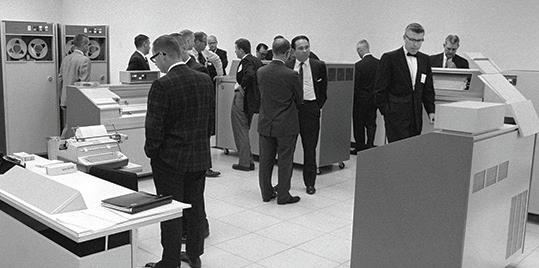
1958
• Joseph Pettit becomes the fourth dean. In his 14 years as dean, Pettit establishes several new departments still in existence: aeronautical engineering, materials science, chemical engineering, and environmental engineering.
• The first semiconductor transistor is produced at a university lab, launching nearly seven decades of semiconductor innovation at Stanford Engineering.
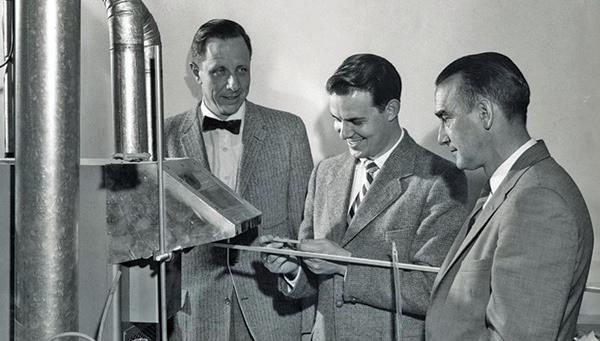
1959
• Ryan Lab adds a 10-kilowatt nuclear “teaching reactor” and becomes home of the Nuclear Division in the Department of Mechanical Engineering.
• The Stanford Research Institute builds the “Dish” in the Stanford foothills, a 70-ton, 150-foot parabolic radio telescope. It is still in use today.
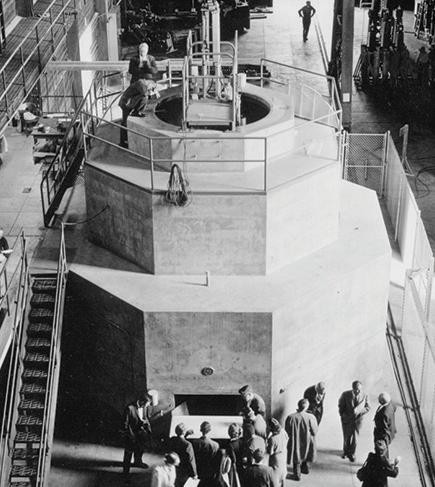
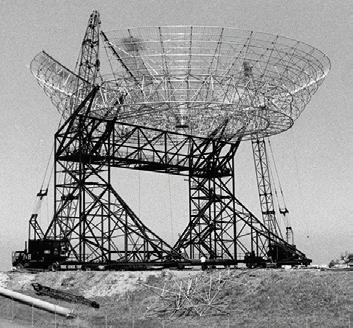
1962
• John McCarthy, the professor who coined the term “artificial intelligence,” founds the Stanford AI Lab (SAIL). Over more than six decades, the lab advances computerized chess, myriad robotics, and autonomous vehicles.
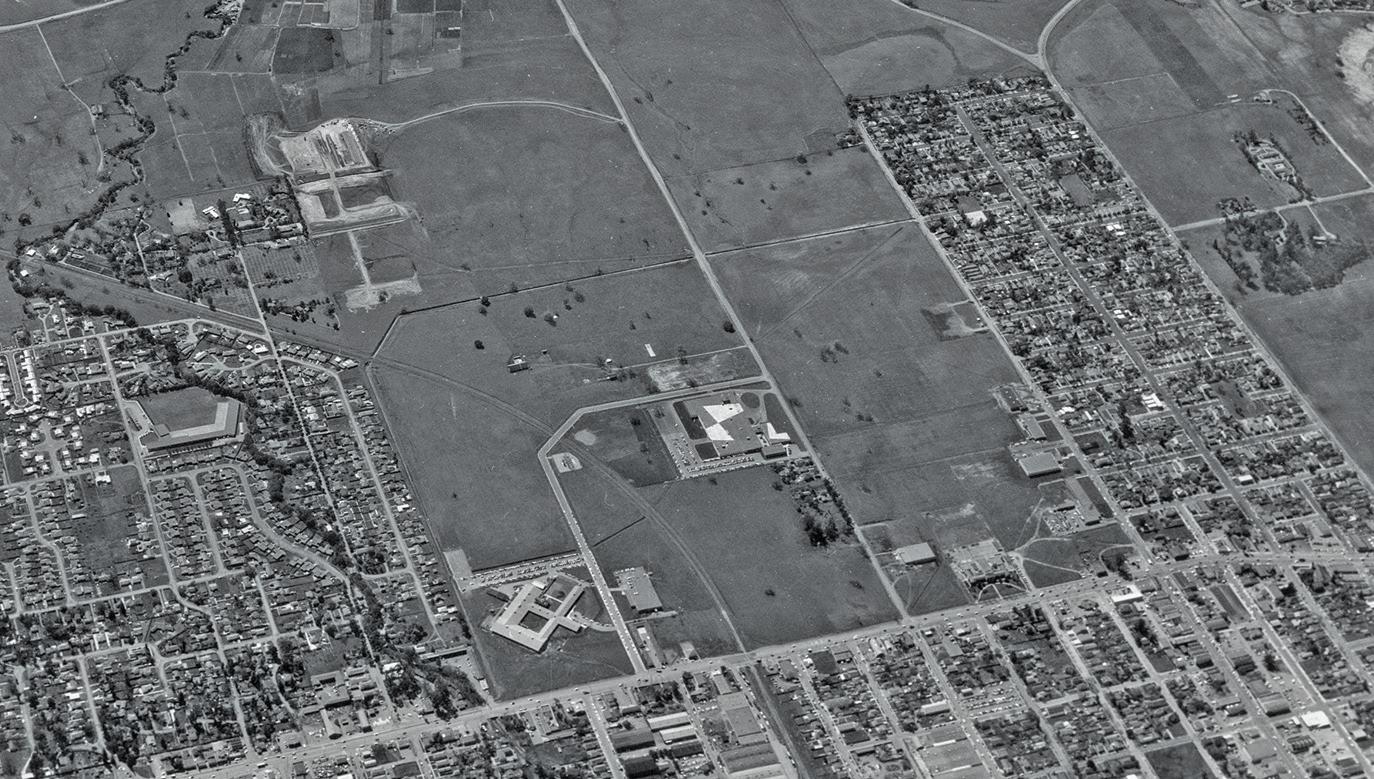
The Stanford Industrial Park opened in 1953 with a building owned by Varian Associates—a company founded by Stanford Engineering alumni and faculty who had created the klystron—and soon became a global model for such developments. Now called the Stanford Research Park, the area remains the university’s earliest and most profitable contribution to the Silicon Valley landscape.
In the 1950s, increasing university-industry collaboration was a priority for Engineering Dean Frederick Terman, who encouraged labs and pharmaceutical facilities on a 40-acre site near campus. The success of Varian motivated Terman to push back against Stanford’s master plan, which he believed allocated too little land for light industry. By 1955, as provost, he used his influence to welcome more “high-technology” tenants.
Among them was Hewlett-Packard, founded by Terman’s former students William Hewlett and David Packard. In 1958, HP opened a 170,000-square-foot plant deemed “ultramodern” by Western Electronic News. Featuring energy-efficient, earthquake-resistant steel, glass, and reinforced concrete construction, the sprawling facility overlooked the Santa Clara Valley and prioritized employee comfort and productivity.
The Industrial Park’s role in shaping a new American industry was recognized at the 1958 World’s Fair in Brussels and attracted visiting dignitaries, including French President Charles de Gaulle in 1960.
Like many young students, Celeste Ford’s journey to Stanford Engineering began as a dream in high school in Colorado, but it was not a direct path. She earned her undergraduate degree in aerospace engineering at Notre Dame University, but always kept her sights set on Stanford for graduate school, with its top aeronautic and aerospace program in the country.

Right out of college, Ford’s first stroke of luck was to land a job in Palo Alto. Then she discovered Stanford Engineering’s Honors Cooperative Program, which allowed her to continue working while earning her master’s degree at Stanford Engineering—with her company paying the tuition.
The time at Stanford was transformative, shaping both her professional trajectory and her entrepreneurial mindset. While working on an international satellite project at work, Ford applied lessons she had learned in a nonlinear control systems class at Stanford—much to the amazement of her coworkers.
“They thought I was brilliant,” Ford recalled. “I was the youngest one there, but Stanford gave me the tools to solve these real-world problems.”
Ford would go on to found a company, Stellar Solutions, that bridged the gap between government and commercial aerospace projects. It was the early 1990s, a time when starting an aerospace company was rare. She created a nimble, innovative firm that could cross boundaries between defense, civil, and commercial sectors. One of her proudest moments
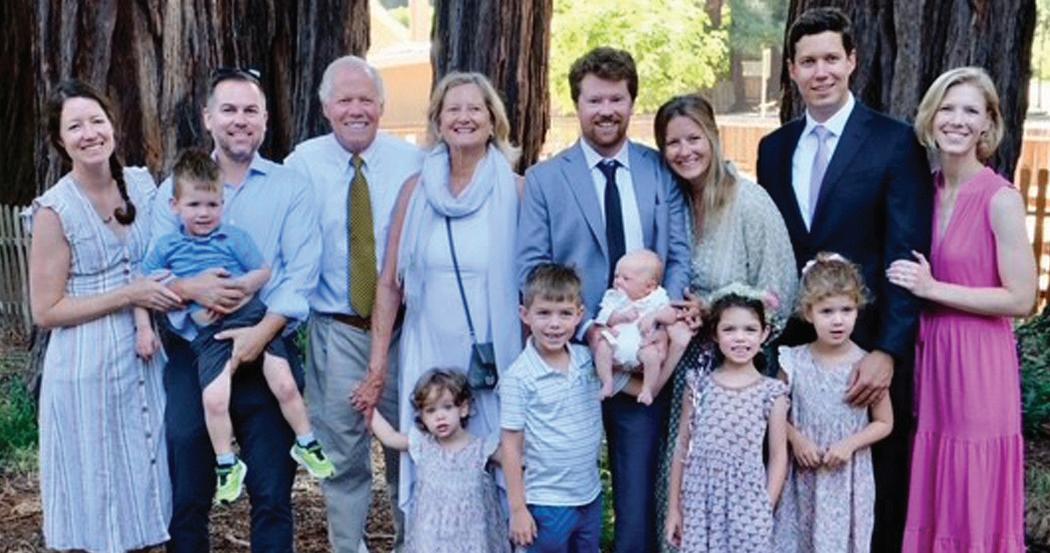
was leading QuakeFinder, a humanitarian research project to help predict earthquakes in partnership with Stanford that launched the first commercial triple CubeSat into space.
Stanford Engineering remained a touchstone throughout Ford’s career, whether through partnerships, hiring Stanford graduates, or later returning for a business executive program to refine her leadership skills. “You always have Stanford Engineering in you,” she said. “It’s a place that fosters innovation.”
It is also why philanthropy to Stanford Engineering has always been a priority for Ford. She has made it a family tradition, starting a foundation with her children. Ford’s motivation for supporting The Engineering Fund specifically stems from pure gratitude.
“I wouldn’t be where I am today without my Stanford Engineering education. It’s important to support
the next generation of innovators,” Ford said. “The opportunities for today’s students are limitless.”
For Noah Kindler, Stanford was a launchpad for a lifelong journey of self-discovery and entrepreneurship. Raised in suburban Philadelphia, Kindler had always enjoyed math and science, but never really considered the school that was, after all, a continent away. But when his high school team won the National Science Olympiad, Kindler followed a classmate’s advice and visited campus. He fell in love with Stanford’s beauty, as so many do, but also with its spirit of discovery. Soon, Kindler was headed west.
At Stanford, Kindler found a vibrant community that would shape his personal and professional path. He eventually opted for computer science, drawn by his personal interest and by the practical need to find a job. Stanford Engineering gave him technical knowledge, but also resilience and problem-solving skills that have been invaluable in his career as a software engineer, consultant, and entrepreneur.
“One of the most frustrating but valuable lessons I learned at Stanford Engineering was that no matter how smart you think you are, sometimes things just don’t work. But that’s where growth happens—when you build the toolkit to keep going, to troubleshoot, and to solve problems that seem impossible,” Kindler said.
Upon graduation in 1999, Kindler embarked on a fast-moving professional journey. He worked as a software engineer for startups, dabbled in venture capital, earned his MBA at Stanford Graduate School
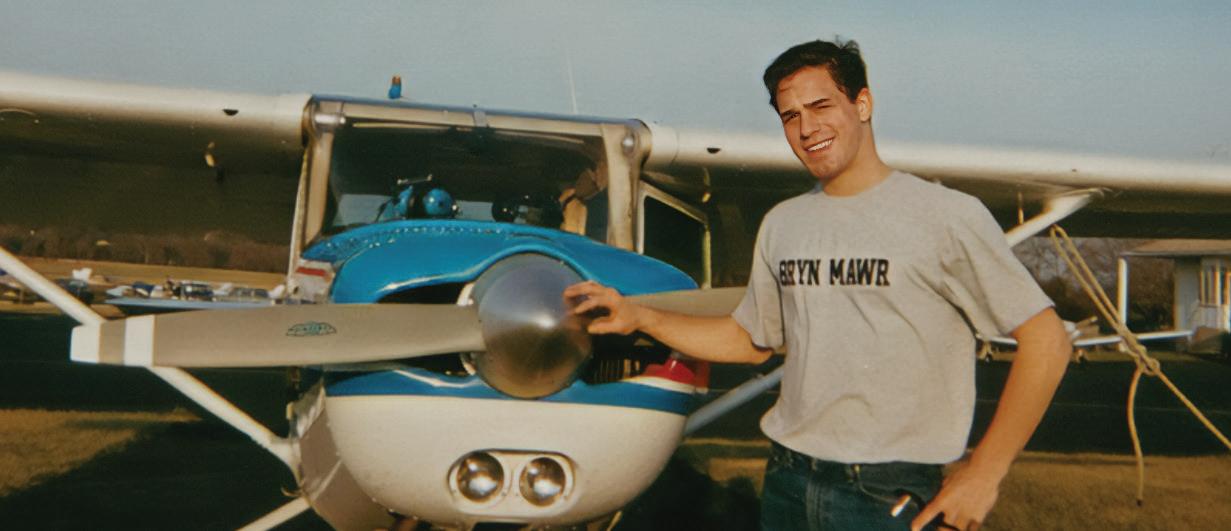
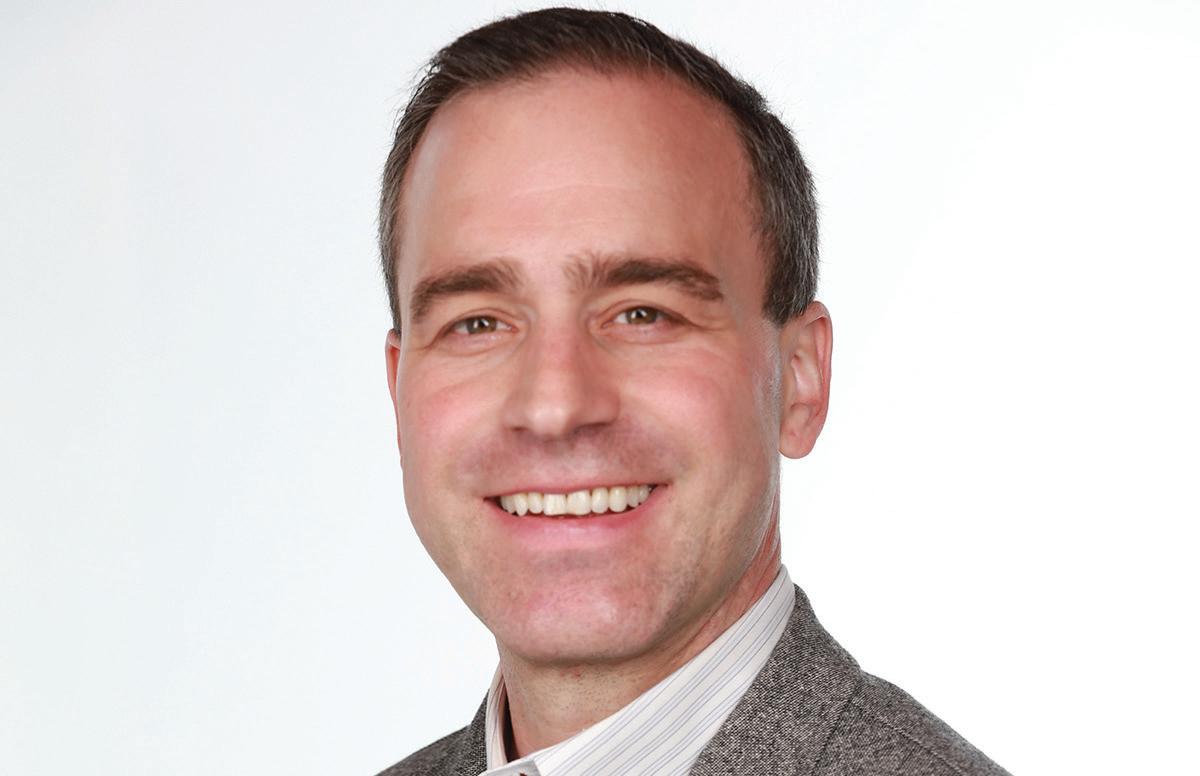
of Business, joined McKinsey & Company—all before finding his true passion in entrepreneurship. He’s since launched several startups and been on the cutting edge of emerging technologies like blockchain and AI.
“Stanford gave me a community, a foundation, and the ability to create opportunities for others,” Kindler said. “I want today’s students to have that same experience.”
Kindler’s commitment to Stanford has deepened over time, and he has recognized the importance of providing future generations with the opportunities that he’s had through gifts to The Engineering Fund and The Stanford Fund, and signing the Pioneers Pledge. His advice to those budding engineers out there is to embrace the journey, not for immediate rewards, but for the lifelong skills. Build relationships. Be adaptable. But never lose sight of the problemsolving mindset that defines the Stanford engineer.
“The friendships and networks you build at Stanford are what truly last. Exams and problem sets fade away, but the people—the ones who challenge you, support you, and inspire you—those relationships are what matter most,” Kindler said. “That’s why I give back to Stanford Engineering.”
In 1962, when the idea of artificial intelligence was still the stuff of science fiction, a bespectacled professor with a shock of salt-and-pepper hair named John McCarthy helped found the Stanford Artificial Intelligence Lab (SAIL). A Stanford graduate, McCarthy had coined the phrase “artificial intelligence” only a few years prior. He returned to Stanford boldly predicting that computers would someday approximate human thought. He taught computers to play chess with Russians half a world away, pioneered early cloud computing, and developed the first AI programming language, LISP.
In subsequent decades, faculty members at SAIL and graduate students numbering in the hundreds would become legendary for creating robots with names like Shakey and Romeo and Juliet, building expert systems as smart as professionals, training machines to spot disease, comprehend speech, and compose music, and designing vehicles that drive themselves. No fewer than 18 SAIL faculty members have won the ACM A. M. Turing Award—considered the Nobel Prize of computer science—while countless graduates schooled at SAIL have gone on to form a sort of intellectual diaspora across Silicon Valley and beyond with influential careers at Apple, Alphabet, Microsoft, and Amazon, among many other well-known companies.
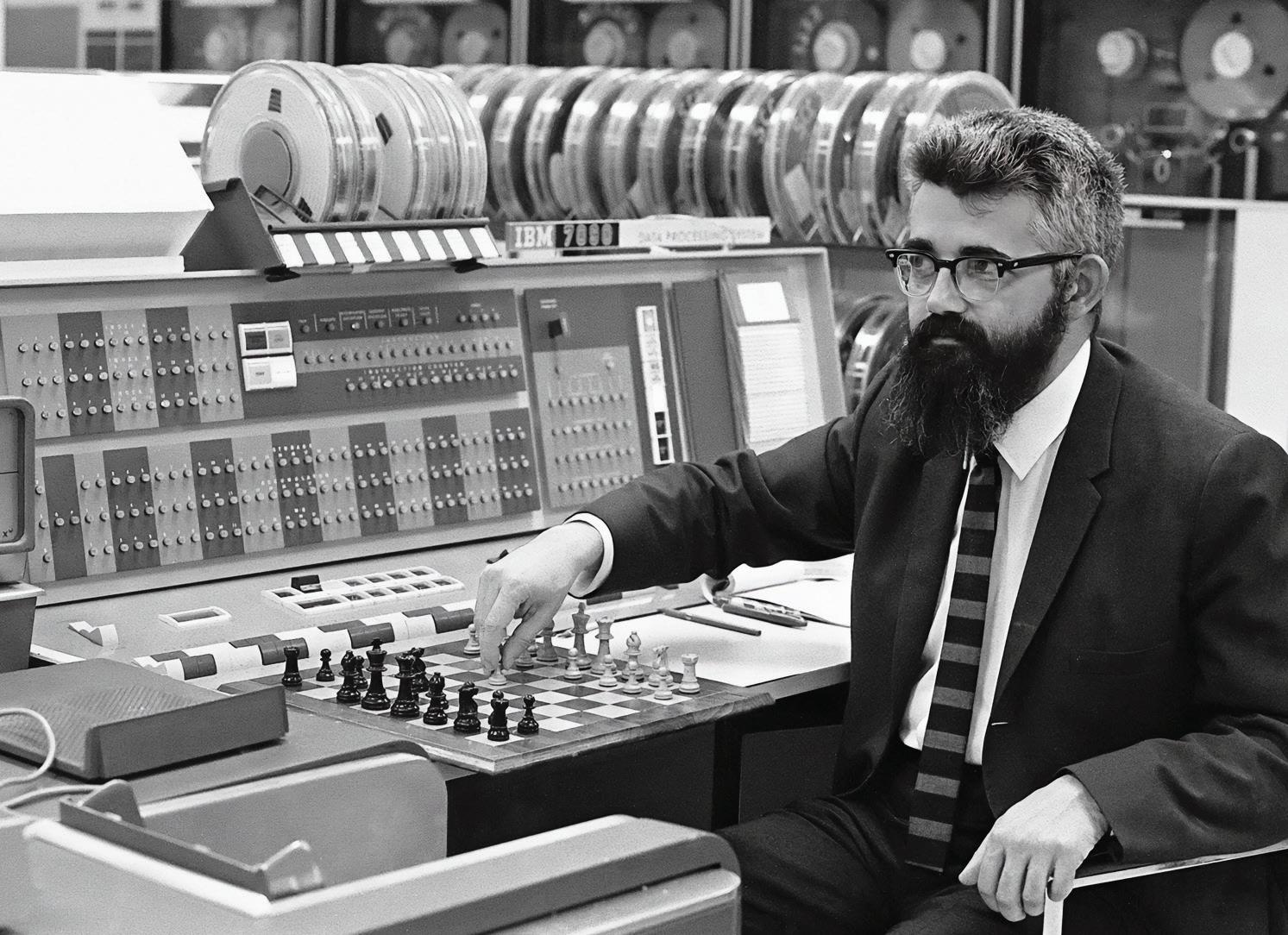
1965
• Stanford creates the Department of Computer Science, one of the nation’s first departments dedicated to the art and science of computer programming.
1967
• Construction begins on the Space Engineering Building, named for pioneering faculty member William F. Durand The building will be the future home for the rapidly expanding Department of Aeronautics and Astronautics.
1968
• The Computer Forum, part of the school’s much-admired and oft-mirrored industrial affiliates initiative, brings together more than a hundred corporations with academic leaders to shape the future of computer science and electrical engineering.
1969
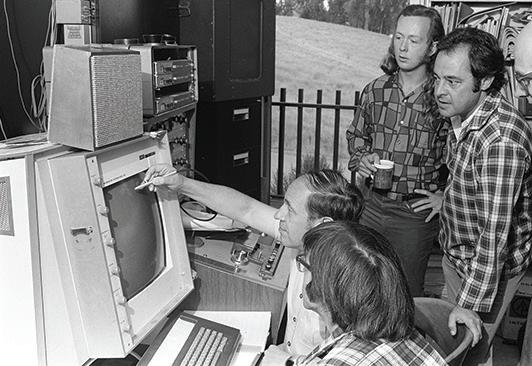
• The Stanford Instructional Television Network (SITN) begins narrowcasting graduate courses to eight Silicon Valley companies. Within 15 years, SITN is offering 170 courses, 12 hours a day via four channels.
• Stanford Research Institute becomes the second node in the U.S. Department of Defense’s ARPANET—precursor of today’s internet.
1971
• SAIL joins the ARPANET, helping pave the way for further breakthroughs from Stanford.
1972
• William Kays, a mechanical engineering professor, becomes dean. He is noted for stepping up efforts to recruit minority and female students.
• Clayton Bates, Jr., an expert in solid-state physics and photoelectric materials, becomes the first Black faculty member in a tenure-track appointment in school history.
1973
• Electrical engineer Owen Garriott, one of six in NASA’s inaugural class of scientist-astronauts, is first alumnus to venture into space, aboard Skylab 3.
1974
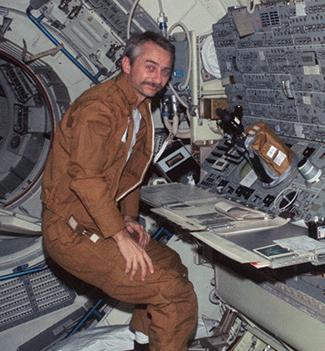
• Mechanical engineering graduate student Victor Scheinman develops a six-jointed robotic arm, the first prototype of modern assembly-line robots.
• John A. Blume Earthquake Engineering Center is dedicated by the Department of Civil Engineering. Named for alumnus John A. Blume, known as the “Father of Earthquake Engineering,” the Blume Center endures and will celebrate its 50th anniversary in 2025.
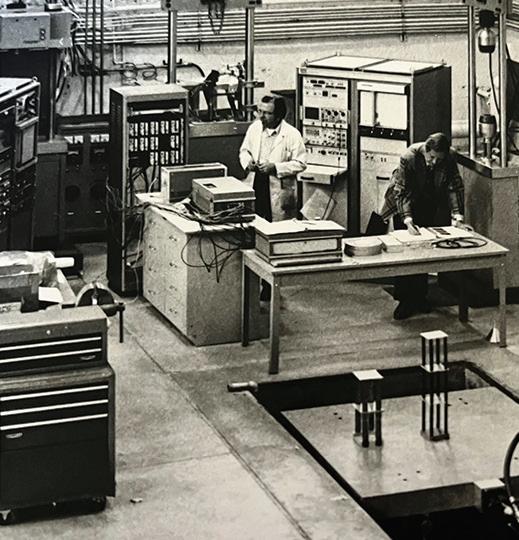
• Martin Hellman and Whitfield Diffie, in the face of opposition from the National Security Agency, unveil the first public key data encryption technology. Billions of people rely on the technology today for secure electronic communications and transactions.
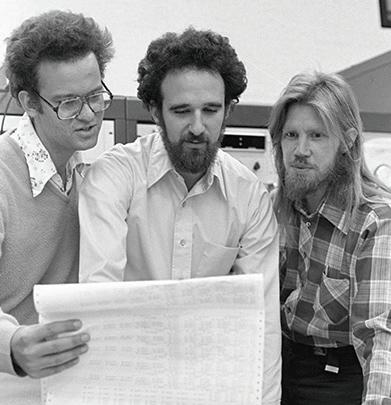
• The School of Engineering moves into its new home, the Frederick E. Terman Engineering Center. When the building was disassembled in 2012, 99.6% of its materials were repurposed into other projects across campus.
• Computer Science Professor John L. Hennessy, future School of Engineering dean and Stanford president, debuts the “microprocessor without interlocked pipeline stages” (MIPS) and its “reduced instruction set computer” (RISC) protocol, speeding microprocessors by a factor of five. Today, virtually all tablets, phones, and smart devices run on RISC architectures.
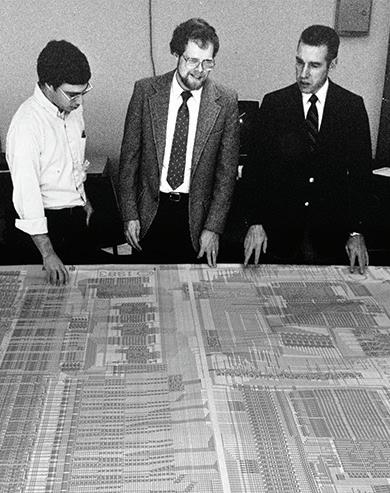
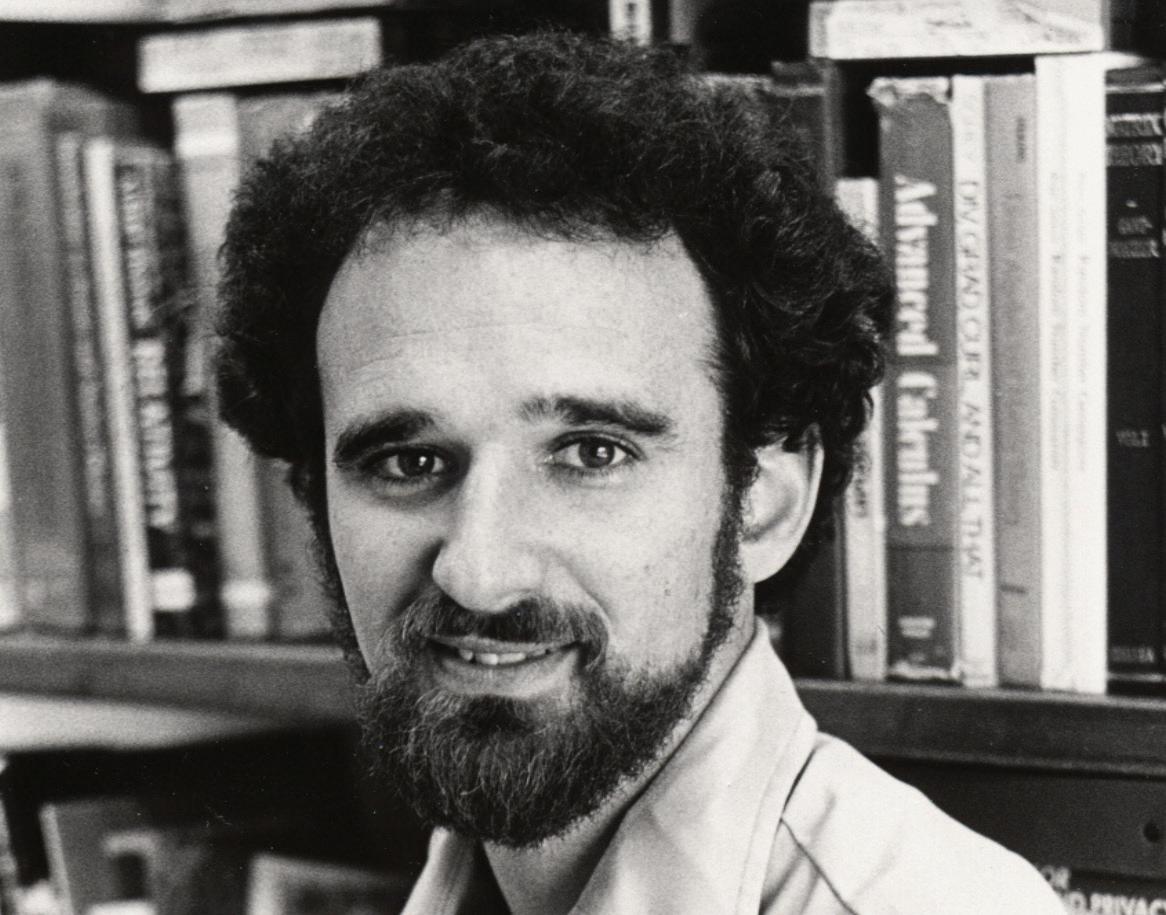
In late 1977, Electrical Engineering Professor Martin Hellman got a surprising call from the National Security Agency (NSA): Admiral Bobby Ray Inman wanted to meet. Hellman and Inman had been adversaries in the first “crypto war” between academia and government, which centered around a 1976 paper by Hellman and his student Whitfield Diffie that introduced public-key cryptography—their method enabling secure communication without prearranged keys. (In 2015, Hellman and Diffie received the ACM A. M. Turing Award for this work.) The NSA, fearing that making public such strong encryption threatened national security, attempted to restrict the paper’s distribution, even invoking laws on the export of military weapons.
Despite the tension, Hellman welcomed Inman’s request to talk. Their first exchange was disarming: Inman joked that he was pleased to see Hellman “didn’t have horns,” to which Hellman replied, “Same here.” Inman admitted he was meeting Hellman “against the advice of all the other senior people at the agency.” Over time, their cautious relationship grew into a friendship as Inman recognized the significance of public cryptographic research.
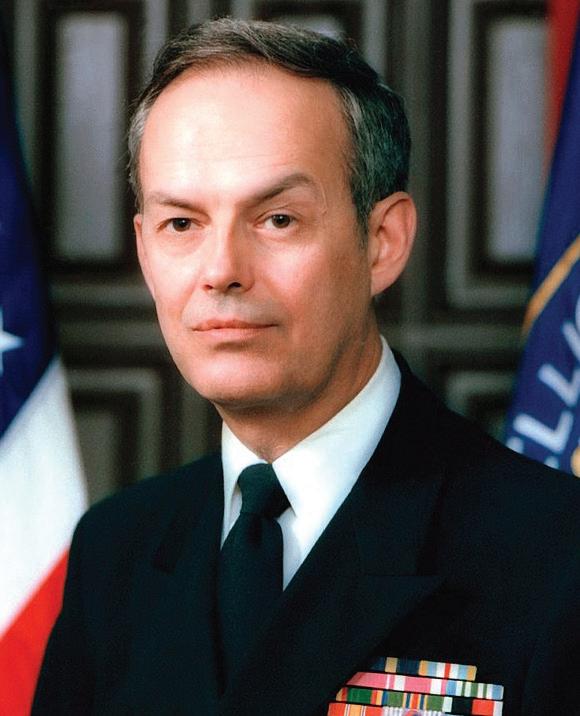
• James Gibbons (PhD ’56), an electrical engineer and an expert in integrated systems, becomes the school’s fifth dean. Gibbons strengthened partnerships with Silicon Valley and introduced tutored video instruction and distance learning, extending the reach and scale of engineering education globally.
The NSA’s efforts to suppress public-key cryptography ultimately failed, and it became the backbone of modern internet security. Inman later signed statements supporting Hellman’s national security and cybersecurity work. As Hellman reflected, “It’s better to have friends than enemies ... but how many people take the risk that Inman did?”
Maria Kaval recalls the amount of her first gift to The Engineering Fund … to the cent. It was $19.98, Kaval remembers, in honor of the year of her graduation. She has since made it a habit to give annually, though the amounts have risen with her professional prospects.
Kaval was born in Sweden and raised in the U.S. after her parents emigrated. She was on a campus visit with her school honor society when she first imagined coming to Stanford. Standing outside the Stanford bookstore, she confided to her teacher: “I would never fit in here.” His response changed her life: “Yes, you would. Go … pick up an application.”
At Stanford, Kaval discovered a passion for computer science. She was first drawn to industrial engineering, but much like nearly every undergraduate she took CS106A, the much-admired introductory programming class designed for students with zero coding experience.
“I went to the computer lab and never left,” she recalled. “That ability to make the code come alive was so powerful and so amazing to me.”
But the transition to computer science was not an easy one. Kaval got the first B of her academic life. (Gasp!) Doubting herself, she went to Eric Roberts, the professor of the class, who reassured her. Many of her classmates should not even have been in the class, he said, having already taken AP Computer Science
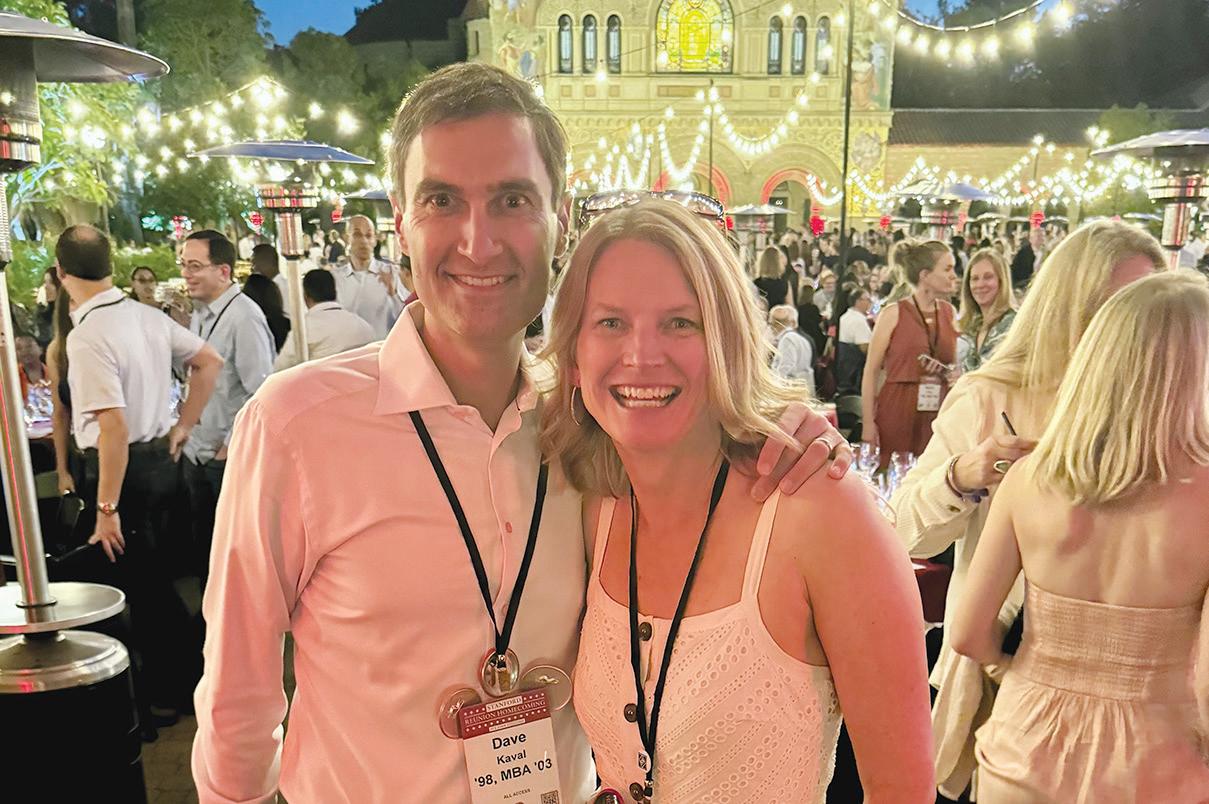
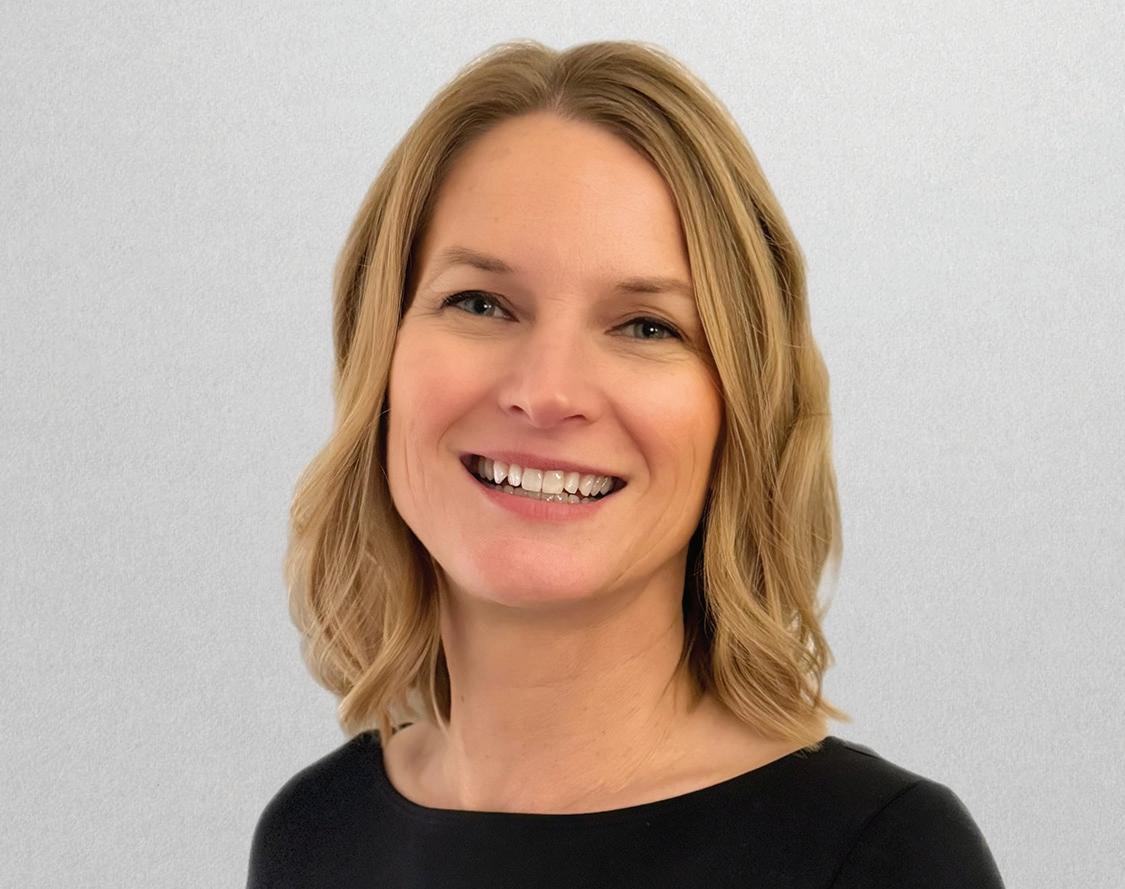
in high school. Stick with it, Roberts told her, and by junior year, you will level the playing field.
Kaval never looked back. She earned her bachelor’s and master’s degrees in computer science and built a career at Siebel Systems and then Oracle when Siebel was acquired. In 2021, she became an Engineering Leader at Meta.
Like Kaval’s love for computer science, her love for Stanford Engineering never faded. From her earliest professional years she has believed in giving back. Her philanthropy is rooted in her own experience. She donates so that other students—especially those who, like her, might not see Stanford Engineering as an option—receive the same sort of encouragement she did.
“Stanford afforded me so many opportunities, and part of what makes the school special is feeling connected to that community. As your career and personal life have ups and downs, having that support system is priceless,” said Kaval.
Dhruv Agarwala was recently asked to help a friend’s son choose between several well-known American universities where the son was fortunate enough to have earned admission, Stanford among them. Having attended three well-known schools—Northwestern (BS), Stanford (MS), and Harvard Business School (MBA)—Agarwala felt qualified to weigh in. Wary of making the young man’s choice for him, however, he came at the problem obliquely.
The answer, Agarwala said, should begin with what one wants to do with one’s life: “If you are a builder and you want to build, you go to Stanford. It’s part of the ecosystem of Stanford. It’s part of the ethos. Everyone’s talking about building.”
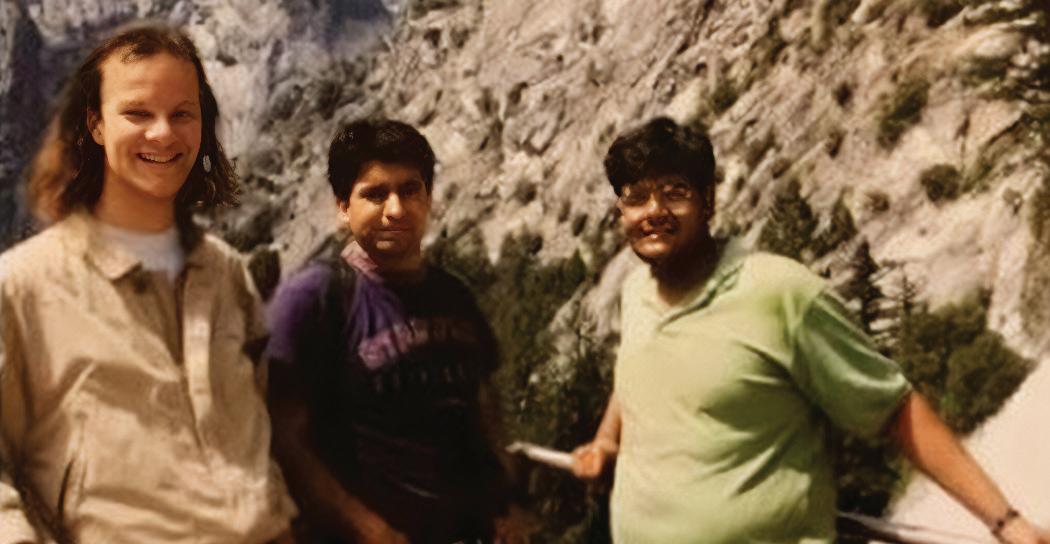
About building, too, Agarwala was likewise qualified. After graduation in the early 1990s, he became something of a serial entrepreneur, acquiring a small iron mine in his homeland of India, then starting a fintech venture and later founding REA India, owner of PropTiger.com and Housing.com, a leading real estate platform backed by major investors including SoftBank and News Corp.
Agarwala credits Stanford Engineering for instilling not just knowledge but a belief in himself. “Many have ambition,” he said, “but don’t back that ambition with self-belief. Being at Stanford and seeing people around you, it just gives you that extra confidence that, ‘Yes, I can do it.’”
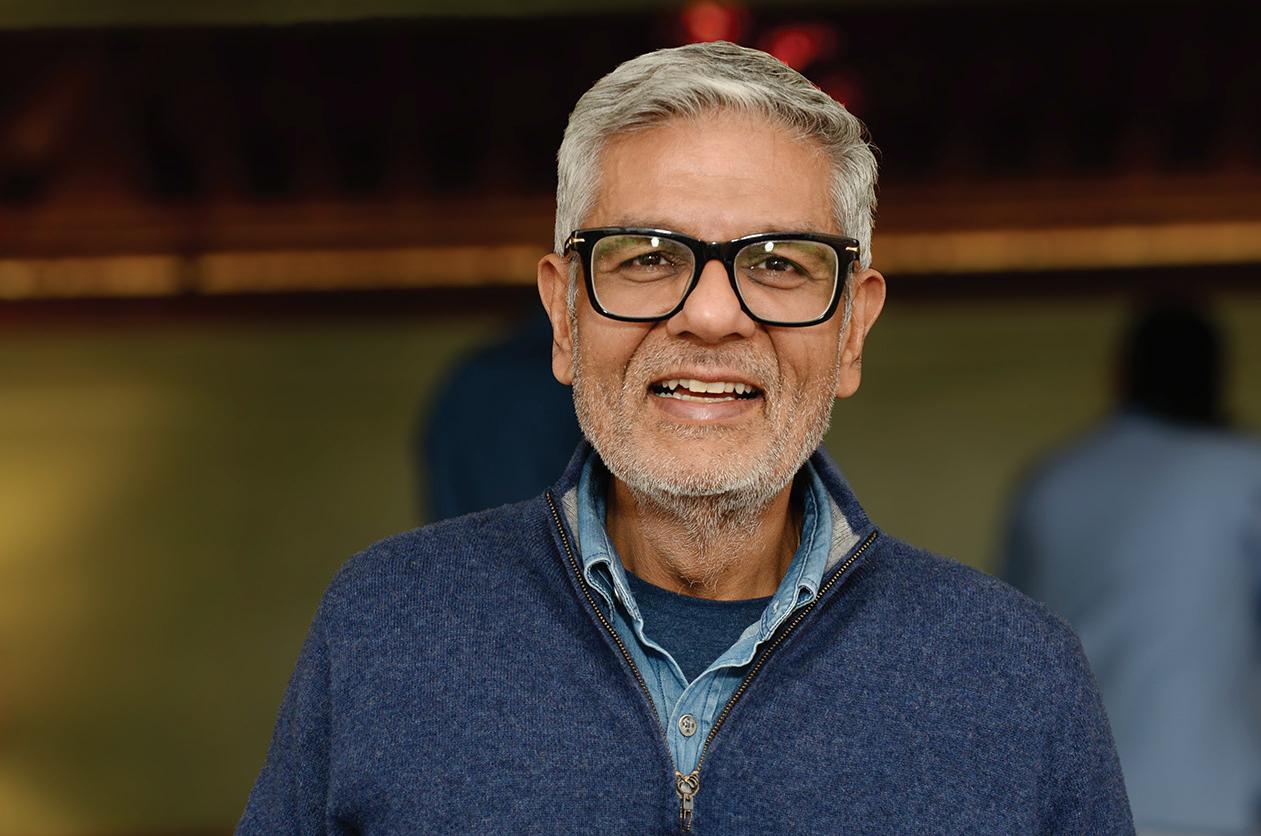
Dhruv Agarwala, MS ’94, Materials Science and Engineering
Agarwala had grown up in Calcutta, born into a family of entrepreneurs. His years at Stanford became a turning point that helped catalyze that entrepreneurial DNA. “Stanford Engineering gives you the confidence to try and to not fear failure,” he said. “That culture is just in the DNA of the place.”
Having sold his share of REA India, Agarwala is now preparing for the next chapter. He plans some muchdeserved time off, but then imagines himself building again, this time a venture at the intersection of health, wellness, and technology. Agarwala continues to embody the ethos of Stanford Engineering: curiosity, resilience, humanity, and a drive for impact.
Likewise, Agarwala has made the leap to become a philanthropist, where his thoughts again turned to Stanford Engineering. Becoming a donor to The Engineering Fund felt like a natural step and represents something more than a gesture of gratitude to Agarwala. He wants future generations to enjoy the spirit of personal exploration that a Stanford fellowship afforded him.
“We’ve all benefited from the largesse of people before us,” Dhruv recalled of his motivations. “I didn’t have to pay for my degree thanks to a fellowship, so I feel obliged to the university. The least I can do is pay it forward.”
Leland and Jane Stanford championed the education of women and founded one of the nation’s first universities to admit women. The first female student in the School of Engineering enrolled in 1928, and in 1933, Janet Zaph Briggs became the first woman to earn a mining engineering degree. Early in World War II, an increasing demand for female engineers was noted in a report to the Stanford president. By 1962, Irene Carswell was the first woman to earn a doctorate in engineering at Stanford, and in 1968, Barbara Liskov became the first woman to earn a PhD in computer science at Stanford. Liskov was the second woman to win the ACM A. M. Turing Award.
In the 1970s, amid a concerted effort to recruit women, Materials Science and Engineering awarded its first female PhDs, and engineering became the most popular undergraduate major for women. Stanford’s proud legacy of women in engineering continues today. Accomplished alumnae include astronauts Mae Jemison and Ellen Ochoa, and fighter pilot Jeanine Marie Flynn Leavitt, USAF. The first century of Stanford women in engineering culminated with the naming of two female deans, Persis Drell and Jennifer Widom, to lead the school.

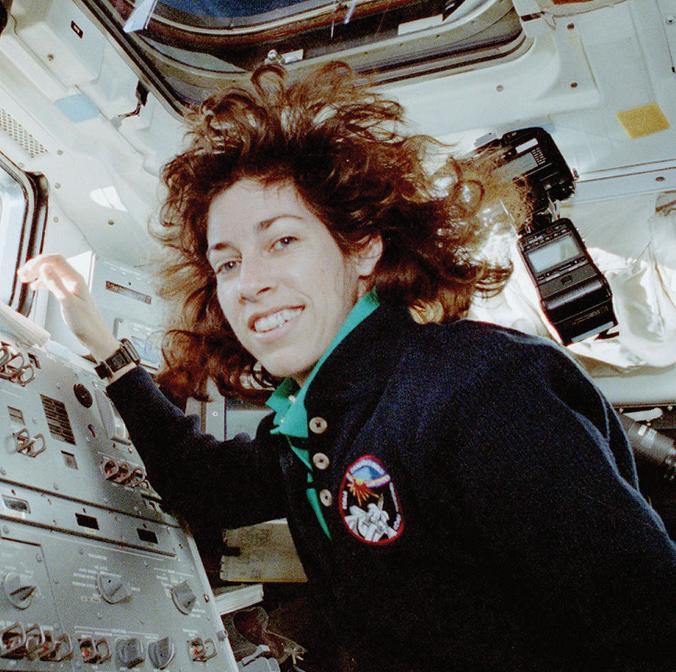
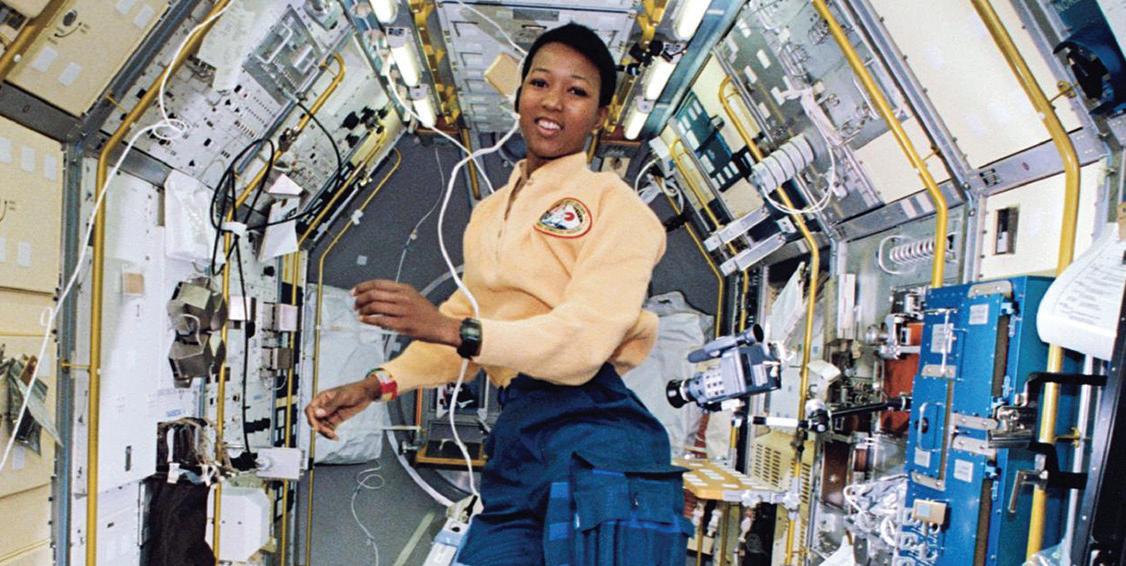
• Center for Integrated Systems moves into a state-of-theart home on campus, making the school a leader in chip design and systems research.
• Computer Science is officially transitioned from the Department of Mathematics to the School of Engineering. “The future of computer science lay in engineering—in problem-solving, not in theory, and problem-solving is an essentially engineering thing to do,” said Dean James Gibbons
1987
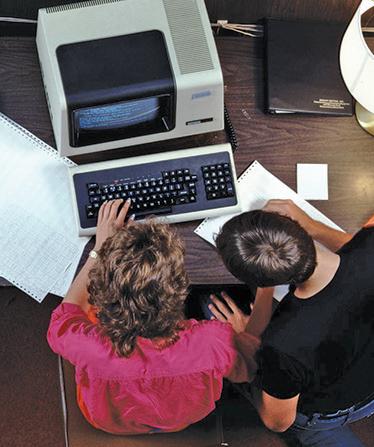
• The Stanford Instructional Television Network (SITN), first begun in 1968, starts broadcasting lectures to dormitories via the SUNet cable network. By 1990, SITN is broadcasting nationwide by satellite.
1988
• Stanford Engineering and the U.S. Geological Survey open the Center for Research in Earthquake Engineering and Seismology (CREES) with an aim to lessen infrastructure damage from earthquakes.
1989
• Students launch the Stanford Solar Car Project to design and build highly efficient cars powered by the sun.

• A 6.9-magnitude earthquake strikes at Loma Prieta, just 34 miles from campus. The effect on campus is significant, and scholars from the Blume Earthquake Engineering Center help lead the university’s response to the damage.
1994
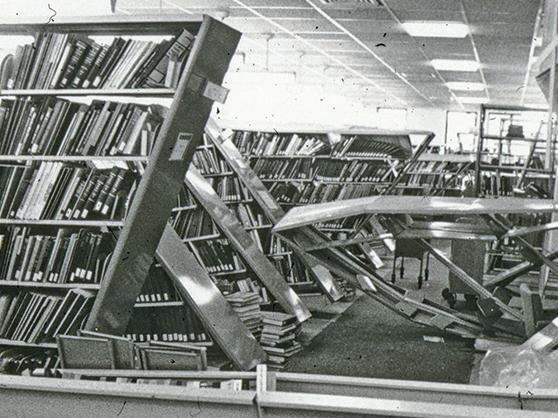
• Jerry Yang and David Filo, electrical engineering graduate students, found Yahoo! to find and categorize sites on the early World Wide Web. It becomes one of the first major internet media companies.
• Larry Page and Sergey Brin start project “BackRub” in a dorm room. The novel ranking system of pages on the World Wide Web will soon become Google. (See sidebar.)
• Stanford Technology Ventures Program is founded “to teach entrepreneurship.” Its Entrepreneurial Thought Leaders lecture series remains popular and has hosted many global technology luminaries.
• MIPS and RISC pioneer John Hennessy becomes school’s seventh dean. He will later be named Stanford president.
• Microsoft founder Bill Gates visits campus to dedicate the building that bears his name, home to the Department of Computer Science.
• Oussama Khatib debuts his robotic assistants, “Romeo and Juliet,” that wash windows, select books from shelves, and erase whiteboards, among other tasks.
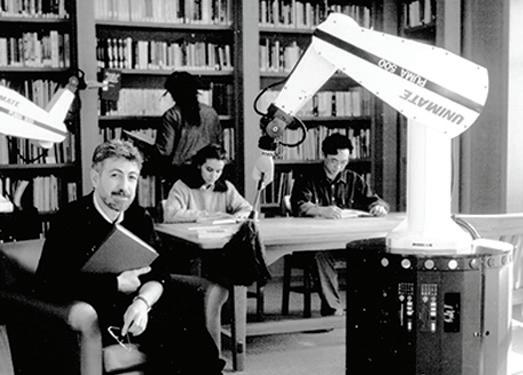
• Stanford Center for Professional Development is the first to offer advanced degrees to working engineers online.
• Near West Campus opens with a deliberate nod to Frederick Law Olmsted’s original 1888 campus plan. Additions include the Gates Building, the Packard Building, and the Hewlett Teaching Center, among others.
• James Plummer, chair of the Department of Electrical Engineering, becomes school’s eighth dean.
• Department of Management Science and Engineering is founded, uniting three departments in one.
• Department of Bioengineering is founded in a joint effort with the School of Medicine. “We’re building something new which sits at the intersection of engineering and the life sciences,” said Dean James Plummer
• Institute for Computational and Mathematical Engineering (ICME) is formed to apply math and computing to solve problems across engineering disciplines.
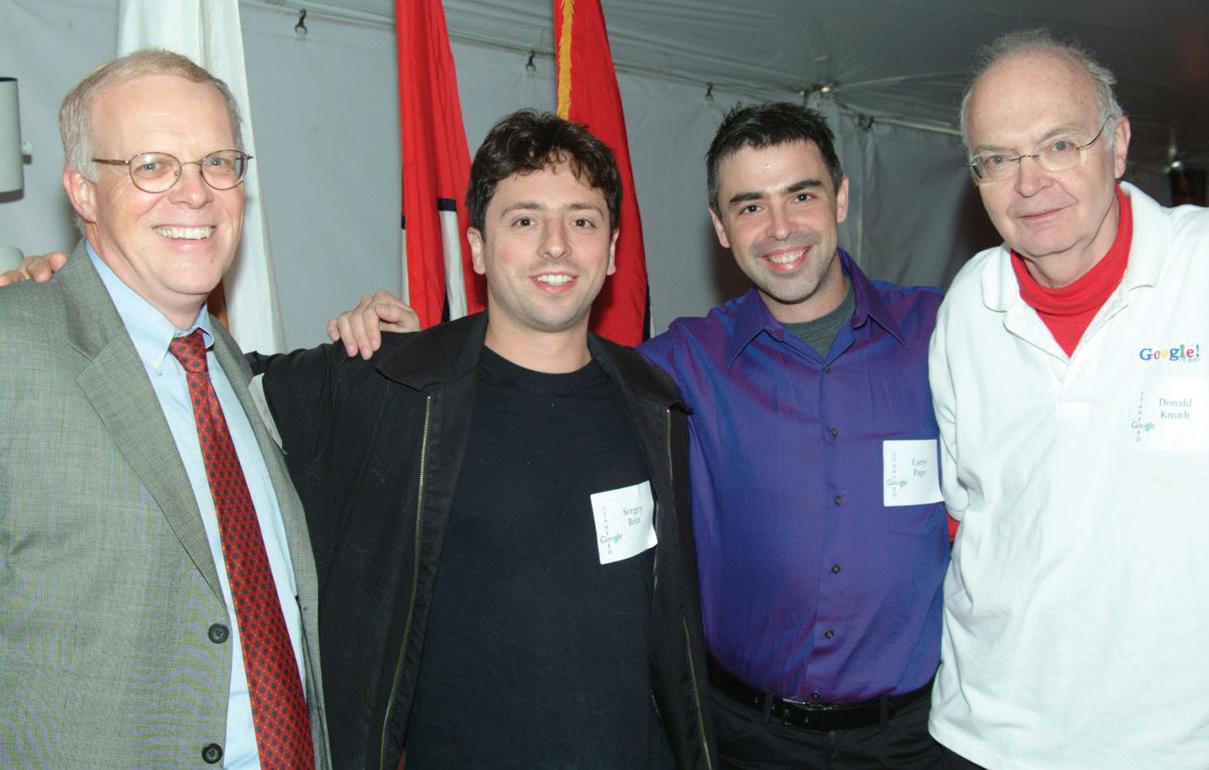
It’s not every day a billion-dollar company emerges from a campus visit, but that’s how Larry Page met Sergey Brin in 1995. Brin, in his second year of a computer science PhD, was “obsessed with efficiency” and seeking fresh challenges. When Page arrived that fall, he pitched a dozen ideas to his advisor, Terry Winograd, who singled out one: creating a mathematical map of internet links. Page teamed with Brin, and they called their fledgling project BackRub.
Stanford Engineering proved fertile ground. Funding came from the Stanford Digital Libraries Project, which aimed to build a “universal” digital repository. Page and Brin cobbled together old and new hardware— often overloading Stanford’s network. “We’re lucky there were a lot of forward-looking people at Stanford,” Page said. “They didn’t hassle us too much about the resources we were using.”
By January 1998, they renamed the project Google. Their fellow graduate students and faculty understood the internet revolution underway, but Silicon Valley investors were wary. Still, by summer’s end, Brin and Page secured a $100,000 check and incorporated Google, Inc. on September 7, 1998. It was time to move out of the dorm and into the world, launching a company that would transform how we search online.
Born and raised in Kenya, the son of academic scientists, Douglas Onyango felt always destined for science. His earliest passion was for physics, but he found the field either too theoretical, mired in elusive quantum mechanics, or too faraway, tackling mammoth problems in distant galaxies. As a compromise with himself, Onyango chose a field where he could apply his love of physics to real-world, hands-on projects—mechanical engineering.
He earned his bachelor’s degree in physics at Williams College, then transferred to Columbia University to complete his mechanical engineering degree in a joint program. When it was time for graduate school, however, Stanford stood alone.
Three things drew Onyango to Stanford Engineering. First was the renowned mechatronics course ME218: Smart Product Design, a notoriously rigorous class where students learn the nuances of building mechanical systems. The second inspiration was the hands-on Product Realization Lab (PRL), where he built real robots. The final piece of the puzzle was working in the lab of Allison Okamura on cutting-edge medical robotics.
“Stanford allowed me to play with engineering, to focus on what I loved, and to mature as a disciplined engineer,” Onyango recalled. “It wasn’t just theory—it was about building and doing.”
In 2016, he earned his master’s degree in mechanical engineering and almost immediately joined Tesla, working on battery manufacturing. He then spent a year at Intuitive Surgical, where he revisited his interest in medical robotics. Finally, in 2020, he migrated to electric vehicle maker Rivian, designing and scaling the company’s battery factories.
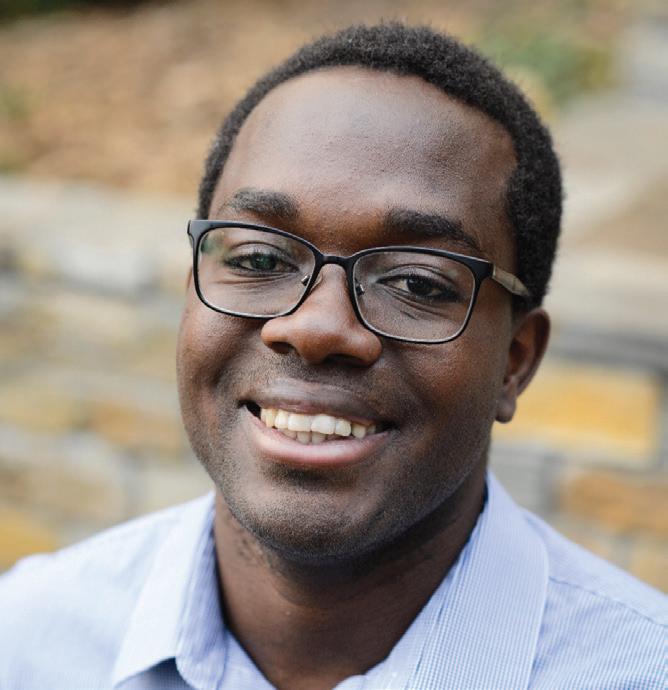
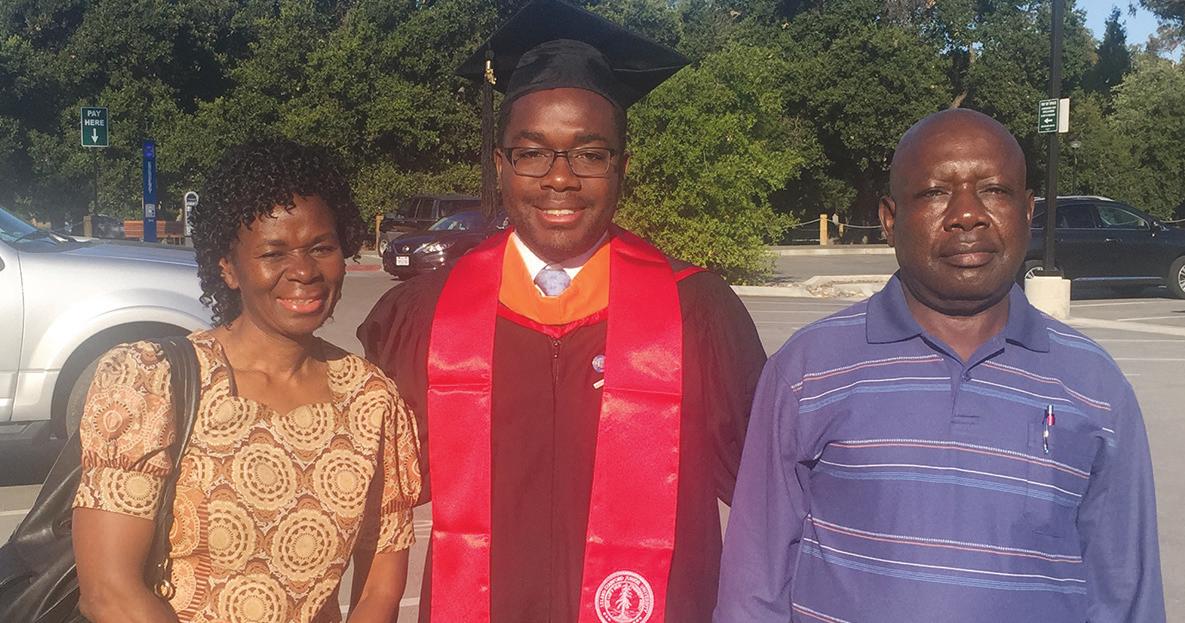
Stanford played a profound in role in Onyango’s identity as an engineer: “The rigor, the project-based learning, and the collaboration with brilliant peers and faculty taught me how to take an idea from concept to implementation. Stanford helped me find my engineering voice.”
On choosing to become a donor, Onyango found the decision to give back easy and deeply personal, even though he was less than a decade out of school. Onyango notes that he was able to attend Stanford without financial worry thanks to fellowships based on the largesse of donors like him.
“I could never have afforded Stanford otherwise,” he said. “Donating is my way of keeping the door open for future students, to free them from financial pressure so they can focus fully on their studies.”
Looking ahead, Onyango hopes today’s students make the most of the collaborative, inspiring environment he found so valuable. “Stanford wasn’t cutthroat,” he said. “My peers lifted me up. My professors mentored me. It was a community that shaped not just my career, but my life.”
Growing up in San Jose, the daughter of two electrical engineers, Jessica Li was always inspired by Stanford’s reputation as a hub of technological innovation, where quite often the advances were made by electrical engineers.
From her earliest days, her parents would bring the family to campus for tours, where she was introduced to the likes of Hewlett and Packard and many others. So struck by Stanford’s legacy and impact was Li that she became a donor to The Engineering Fund—in middle school. Li gave from money she had earned working as a dance instructor and from gifts received at Lunar New Year celebrations. They were not massive amounts in relative terms, perhaps—a $100 donation specifically to the Department of Electrical Engineering was her first gift—but they were genuine expressions of admiration for the mission of Stanford Engineering.
“I always felt, even if I couldn’t go to Stanford, I wanted to support the kind of innovation that happens here,” she said.
Today, Li is a proud sophomore at Stanford on the precipice of declaring her major in electrical engineering. Even as a student, she continues to give. Her most recent gift to The Engineering Fund in 2023 pushed her lifetime giving total to $5,400, impressive for any 20-year-old, much less one still in college.
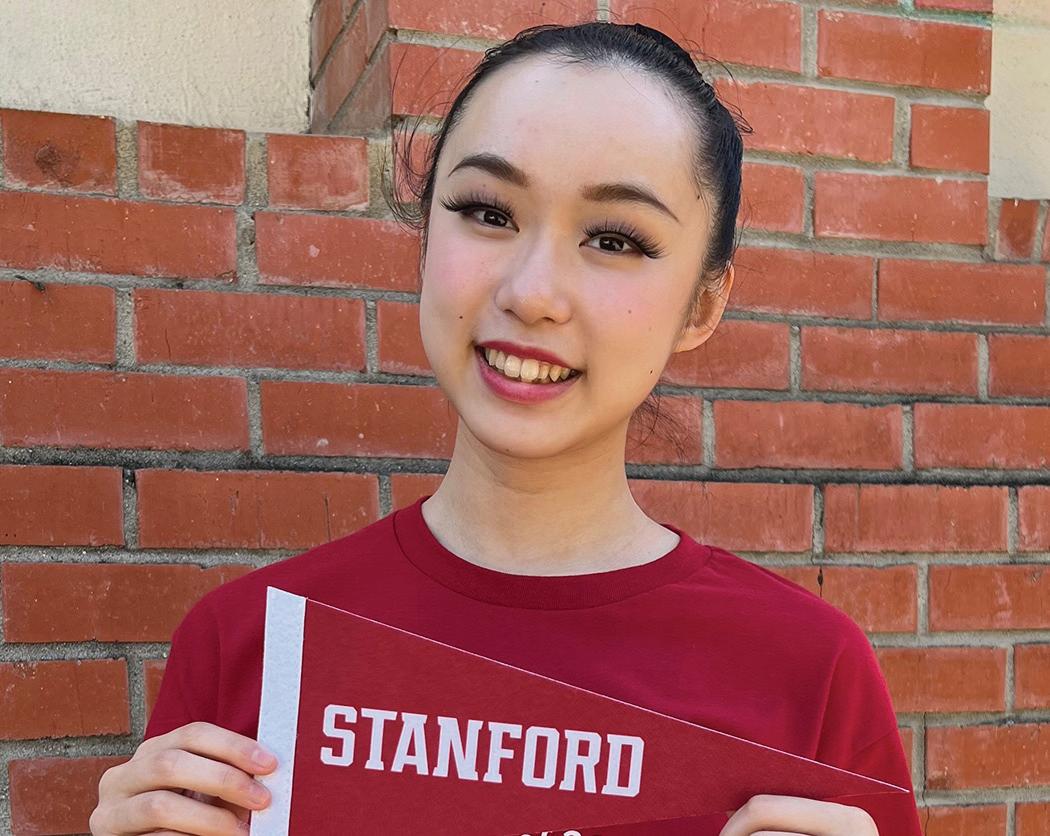
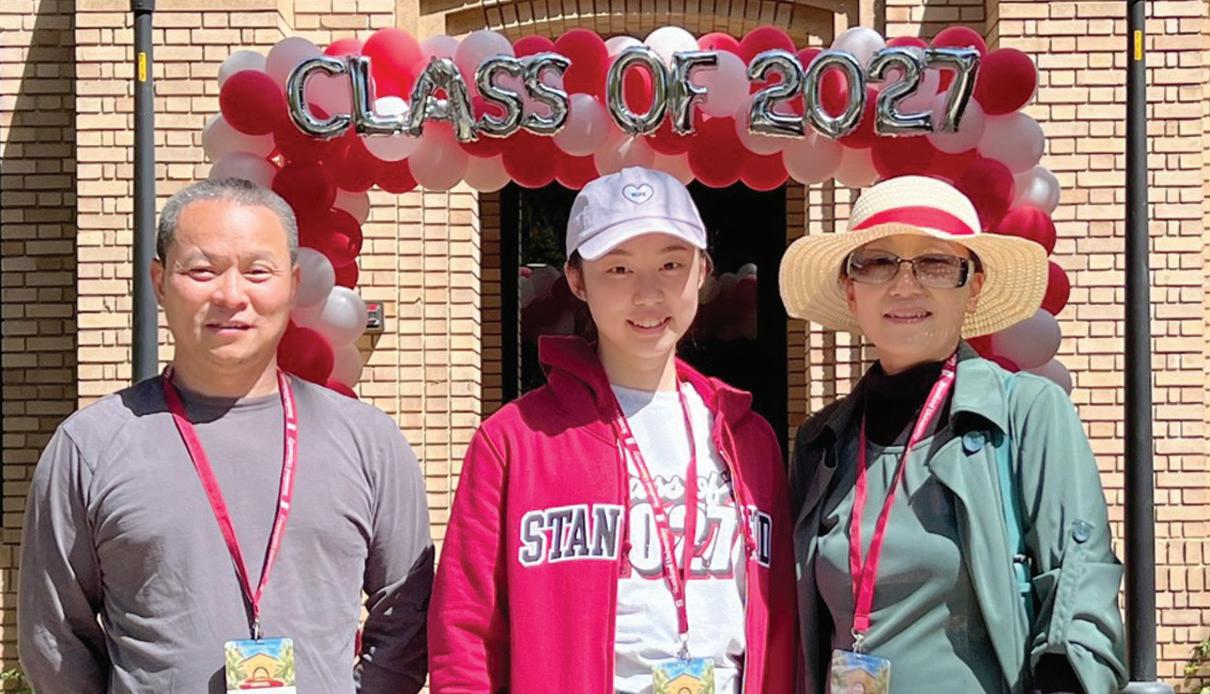
At Stanford, Li’s academic journey has met her high expectations. She took the popular introduction to computer programming course, CS106A, and its counterpart, CS106B. She’s even started taking courses in electrical engineering, where she’s been especially impressed with the hands-on nature of the courses and the mentorship she’s received.
Initially, Li was torn between computer science and electrical engineering but committed fully after taking Mark Horowitz’s E40M: An Intro to Making course, which bills itself as “an introduction to the broad field of electrical engineering through a series of hands-on projects.”
“Walking into the lab, I didn’t even know how to solder,” she recalled. “But that class gave me the realworld experiences that changed everything for me.”
She is now contemplating specialization at the intersection of hardware and software, perhaps in biomedical applications like brain-computer interfaces and AI-driven cancer diagnostics. Still, at such a young age, Li’s long-term plans may be evolving, but her commitment to Stanford Engineering is steadfast.
“Technology is more integral to our lives now than ever before,” she said. “Stanford has always been a trailblazer, and I want to contribute in any way I can.”
Over decades, Stanford Engineering has helped shape the global semiconductor industry. In 1958, James Gibbons and colleagues created the first universitymade semiconductor device on campus. Others made their mark off campus, including Morris Chang (PhD ’64), who founded TSMC in 1987 and pioneered the dedicated foundry model, and Jensen Huang (MS ’92), who cofounded Nvidia in 1993 to develop graphics processing units.
Their collaboration began when Huang wrote to Chang in the early 1990s and received a direct call back that sealed their early partnership. TSMC manufactured Nvidia’s first successful chips, and a lasting friendship took root. On visits to TSMC, Huang admired the company’s emphasis on “trust and integrity.” Chang visited Nvidia’s Sunnyvale campus in 2001, deepening their mutual respect. That year, Huang honored Chang on his 70th birthday as “a wise explorer.” Later, Chang and his wife, Sophie, celebrated Huang’s 50th birthday with personal gifts in Taiwan. In 2014, when Chang was honored as a Stanford Engineering “Hero” in the Nvidia Auditorium at the Jen-Hsun Huang Engineering Center, Huang was there to share personal remarks highlighting Chang’s achievements, his enduring values, and his unparalleled impact. Continuing a tradition of shared innovation, TSMC later helped upgrade Stanford’s Nanofabrication Facility. Huang honored his long partnership with Chang by gifting him an artist-rendered timeline of their collaboration and friendship, which now hangs in Morris and Sophie Chang’s Taipei office.
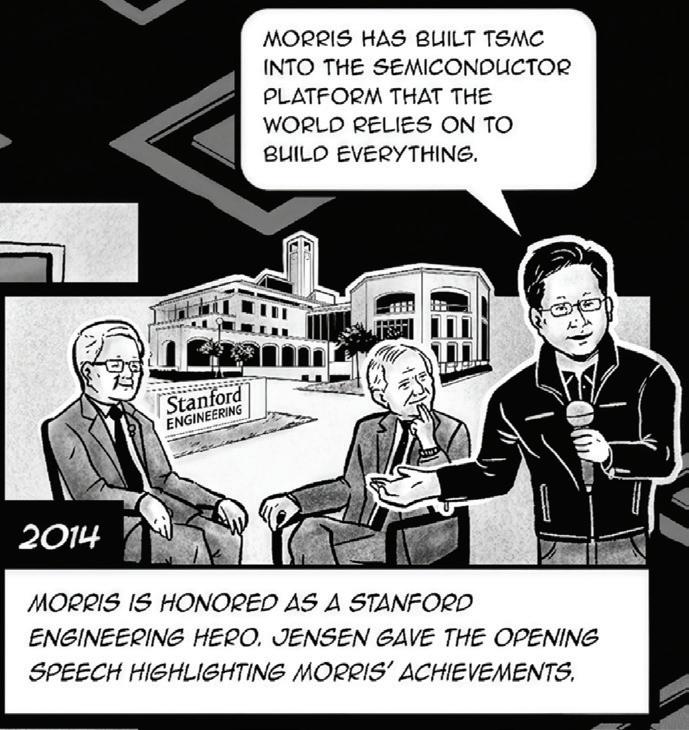
• Karl Deisseroth introduces “optogenetics,” a method of genetically modifying brain cells that can be turned on and off with light to study the circuits of the brain.
• Hasso Plattner Institute of Design opens. Better known as the d.school, it uses the empathetic principles of “design thinking” to transform how new products are designed.
• “Stanley,” an autonomous Volkswagen Touareg designed at SAIL, wins the DARPA Grand Challenge.
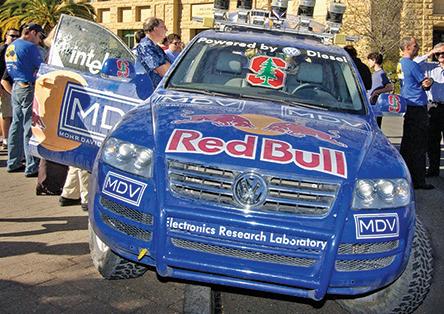
• Jennifer Dionne uses light-based techniques to manipulate nanoparticles in liquid, ushering in a new era of disease detection and advanced microscopy.
• The first three Massive Open Online Courses (MOOCs) are introduced, offering Stanford-level instruction online for free to thousands worldwide.
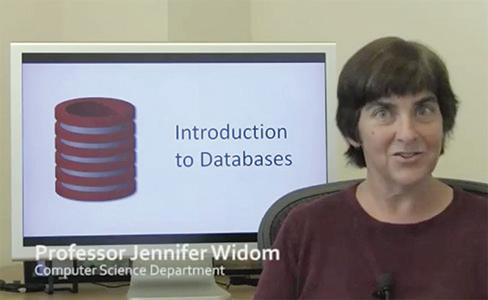
• Following a curriculum overhaul overseen by Mehran Sahami, computer science becomes the most popular undergraduate major for the first time, a position it maintains today.
• Karl Deisseroth makes headlines again with CLARITY, a method of turning the brain’s opaque grey matter transparent, revealing its intricate wiring for closer study.
• After nearly a decade in construction, the new Science and Engineering Quad is complete. It is a hive for multidisciplinary collaboration and innovation.
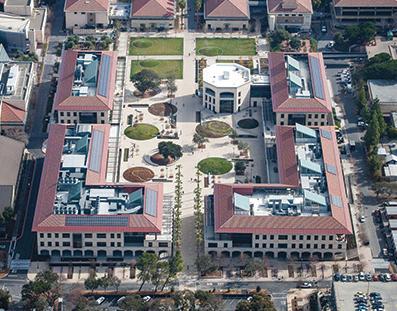
• Persis Drell, former director of the SLAC National Accelerator Laboratory, becomes the first non-engineer and the first woman to be named dean. She is the ninth dean in school history.
• The SoE-Future Initiative plots the school’s next 20 years, with new funding for interdisciplinary research and innovations to educate the next generation of engineers.
• SystemX Alliance is established, bringing academia and industry together to create new technologies for control networks of the future.
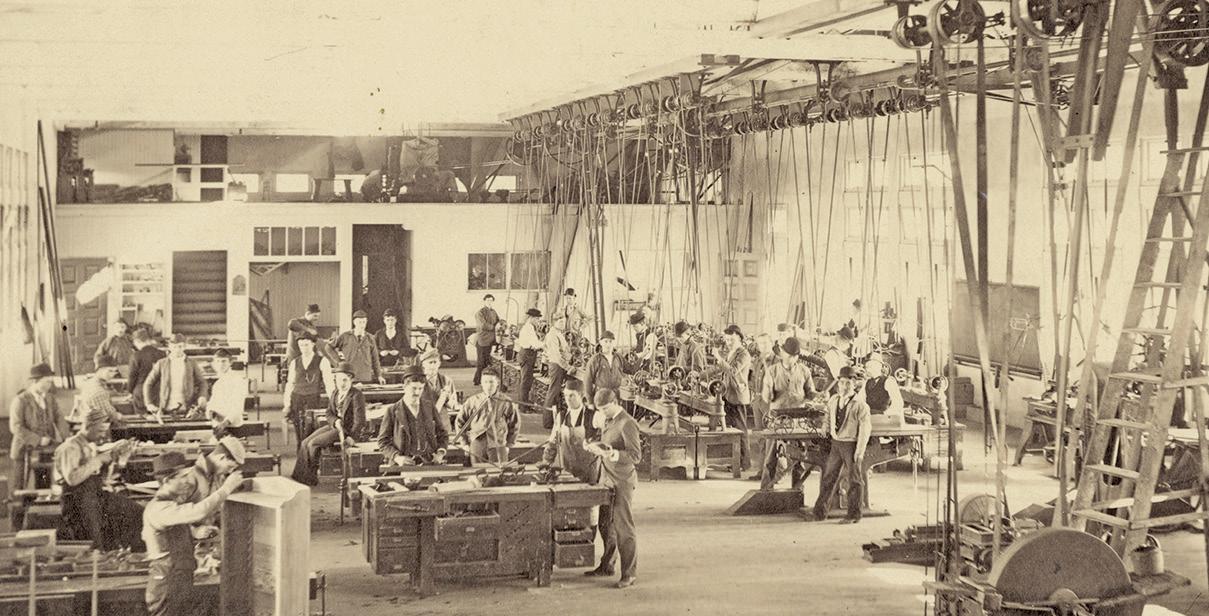
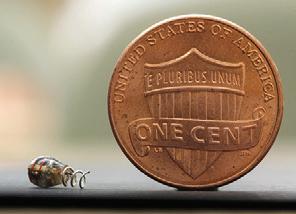
• Jennifer Widom, a professor of computer science, follows Drell as the school’s tenth dean. “Our school’s legacy of innovation and cross-disciplinary collaboration, spanning from the birth of Silicon Valley to groundbreaking advancements in human health, sets us apart and paves the way for tremendous impact,” said Dean Jennifer Widom.
• The School of Engineering launches The Future of Everything, a science-focused radio show. Russ Altman, MD, a professor of bioengineering, is the show’s host.
• As the COVID-19 pandemic shutters campus, Alexandria Boehm introduces a national wastewater monitoring system to track infections at the neighborhood level.
• Computer Science launches Code in Place, a MOOC delivering a version of the popular introductory programming course, CS106A, to 10,000 learners globally.
• Mark Skylar-Scott uses 3D bioprinting to “print” functioning human heart tissue with the long-term goal of printing a complete, transplantable heart.
• Stanford establishes the Doerr School of Sustainability, the first new school at Stanford in seven decades. Civil and Environmental Engineering is now a part of both the schools of Engineering and of Sustainability.
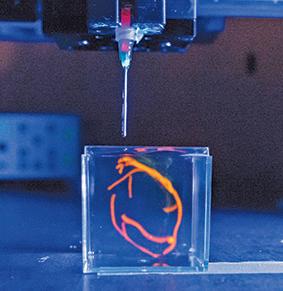
• Stanford Emerging Technology Review, a collaboration of the School of Engineering and the Hoover Institution, launches to educate policymakers, industry leaders, and others about advancing technology.
2024
• Zhenan Bao introduces a flexible, wearable, touch-sensitive synthetic skin. It is only the latest in a decade of breakthroughs in health, energy, and sustainability from her lab.
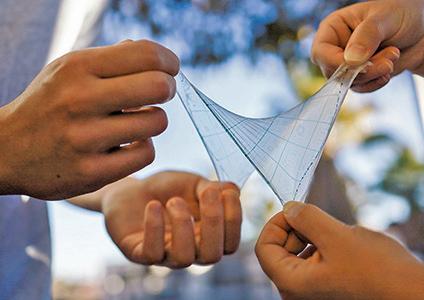
From its earliest days, Stanford University has championed creativity and experiential learning. Jane and Leland Stanford’s founding grant called for museums, labs, and conservatories to foster students’ “direct usefulness.” In 1891, Mechanical Engineering Professor Guido Marx echoed that progress “cannot be made by the study of textbooks” alone, but through hands-on work in laboratories and workshops.
By 1904, Stanford’s earliest makerspaces—the Student Shops—were settings where engineering students learned practical skills with tools and manufacturing. As technology evolved, so did the shops, expanding their mission to empower students through doing and innovation. In the 1970s, the program was renamed the Product Realization Laboratory (PRL), integrating design, prototyping, and manufacturing in one space. Beyond its modern equipment, the PRL emerged as a hub where students from across campus could experiment, iterate, and learn from failure.
Today, the PRL anchors a network of campus makerspaces spanning electronics, robotics, and bioengineering. Rooted in the spirit of the original Student Shops, these spaces enable Stanford’s engineers and designers to push boundaries of design and tackle real-world problems. In such a setting, said David Beach, professor emeritus and former PRL director, “students learn they can make anything, and therefore they can change the world.”
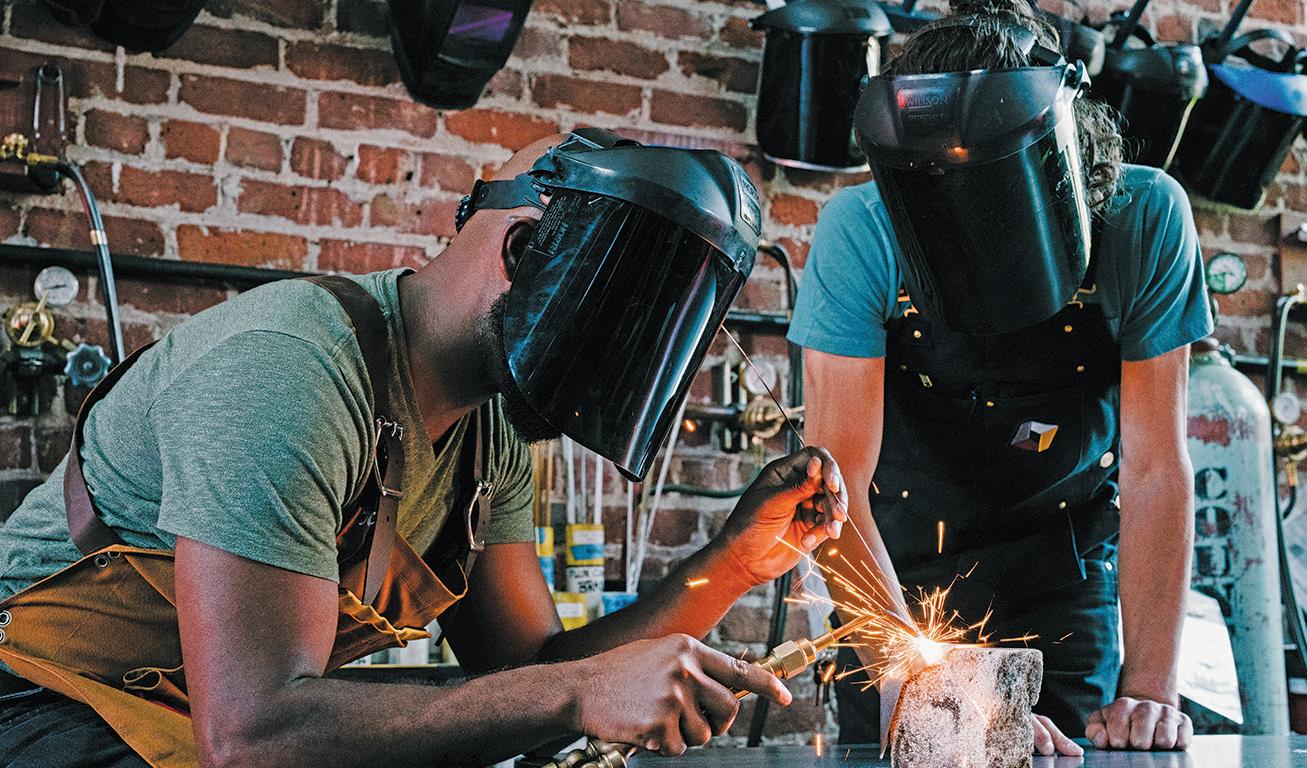
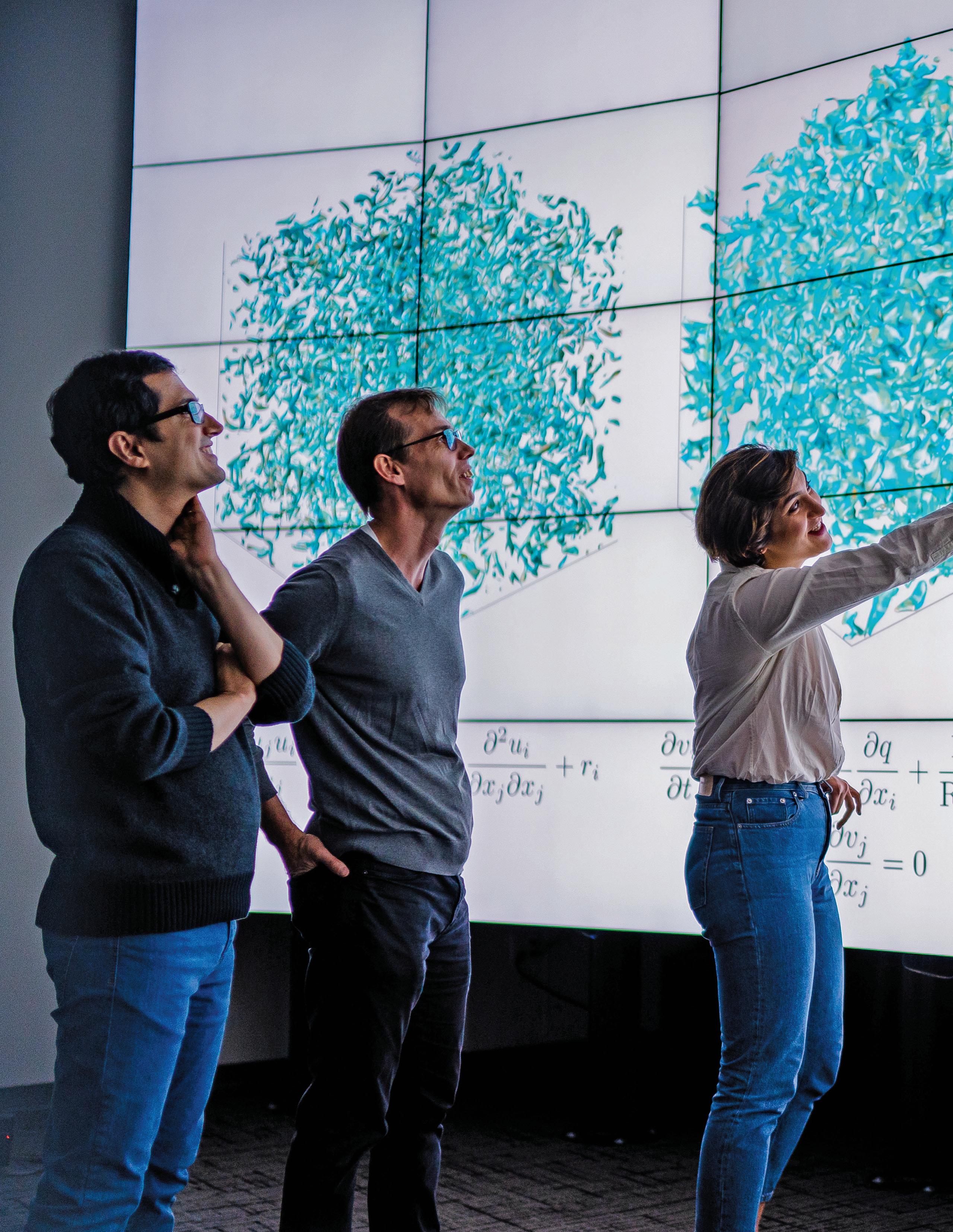
Today’s Stanford School of Engineering is a vibrant, interdisciplinary community that spans a wide range of fields.
Our faculty and students work across boundaries— not only in engineering but across the entire Stanford campus and beyond—to tackle some of the most pressing issues of our time, from climate change to global health, from sustainable energy to ethical technology. Alumni and friends like you play a vital role in advancing our vision of research and teaching.
This spirit of collaboration and innovation is a direct legacy of the pioneering ethos that has guided us for the past century. As we celebrate our centennial, we also look forward to the challenges and opportunities that lie ahead. The next 100 years will undoubtedly bring new discoveries and innovations that we, the pioneers of our day, cannot yet imagine. But one thing remains certain: Stanford Engineering will continue to be a place where bold ideas are nurtured, where interdisciplinary collaboration thrives, and where the pursuit of knowledge, excellence, and impact is paramount.
Thank you for your generosity and for joining us on a journey through 100 years of engineering excellence.
As you look back with us on 100 years of discovery, innovation, and impact, we hope you feel the same sense of wonder and possibility that has driven our community for a century.
